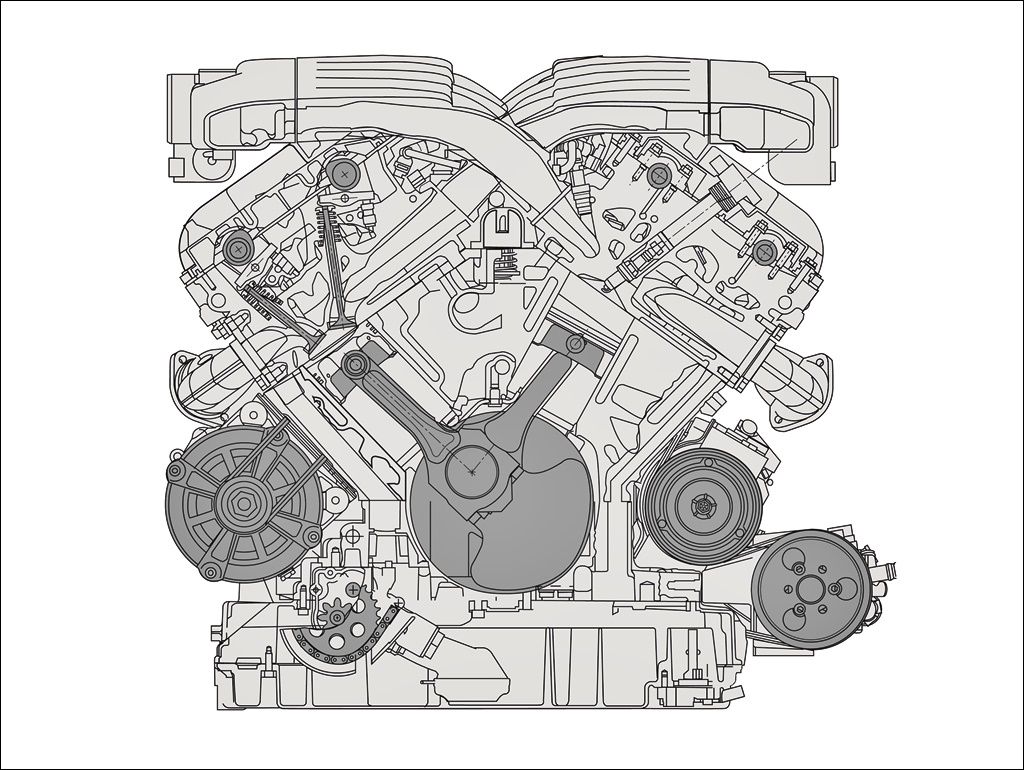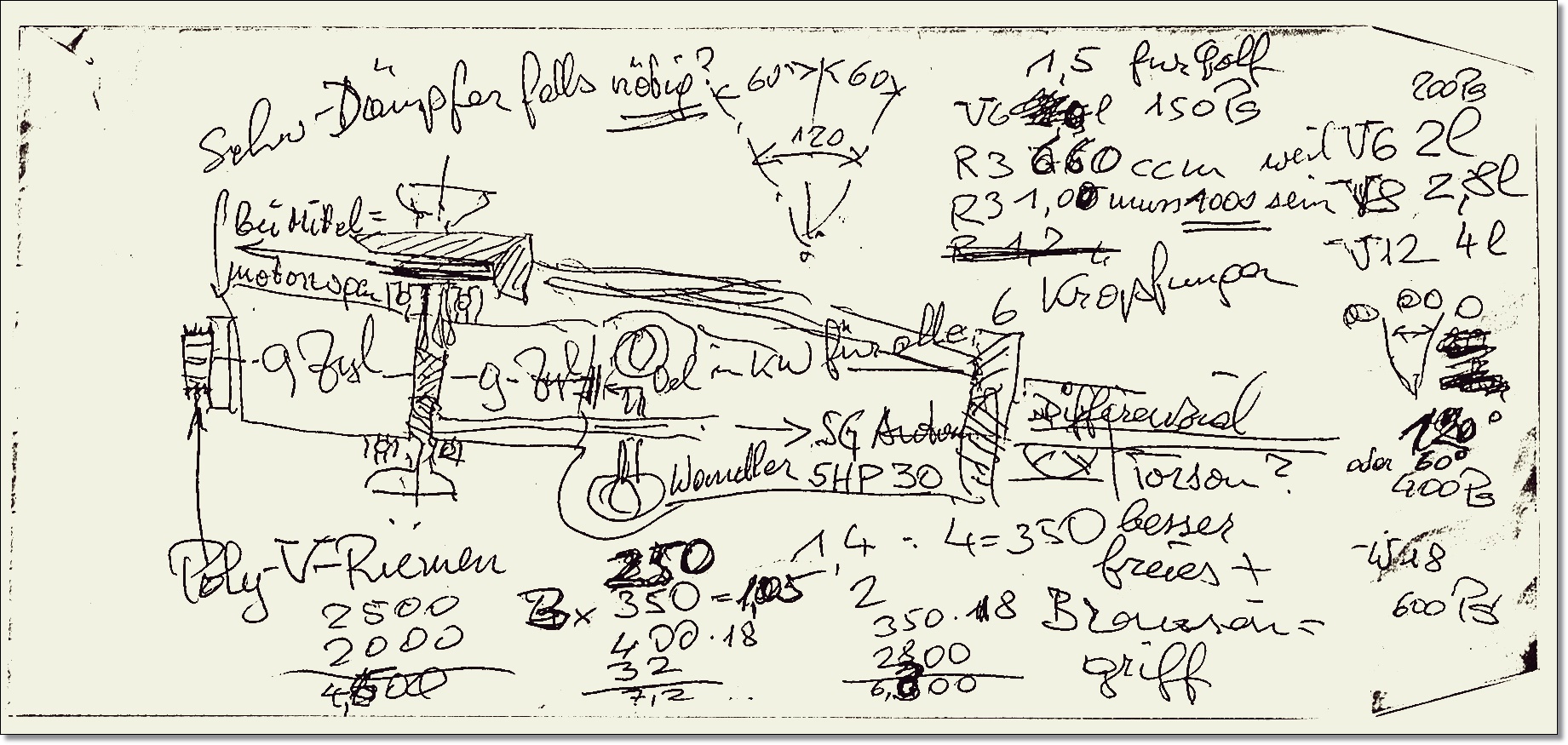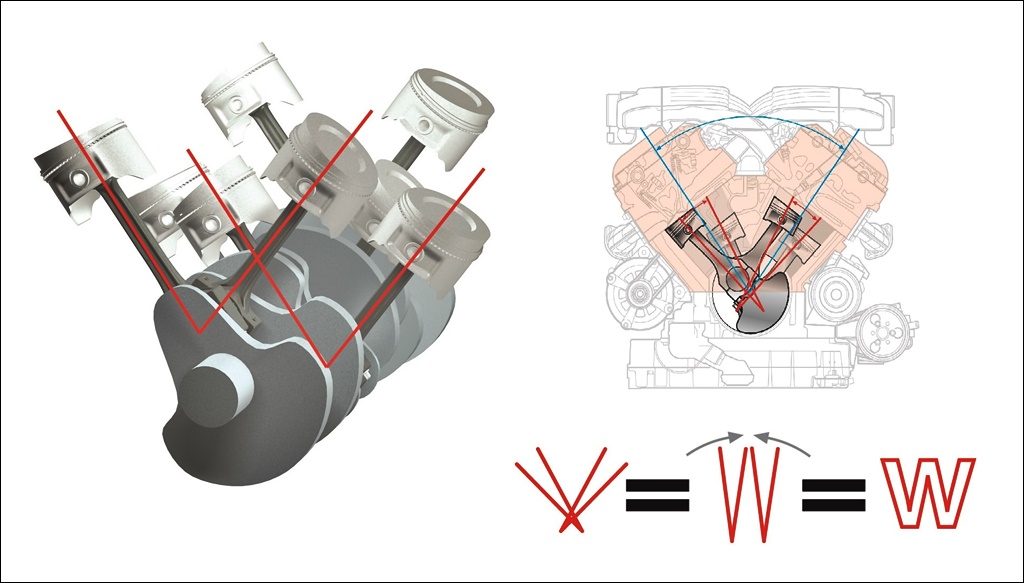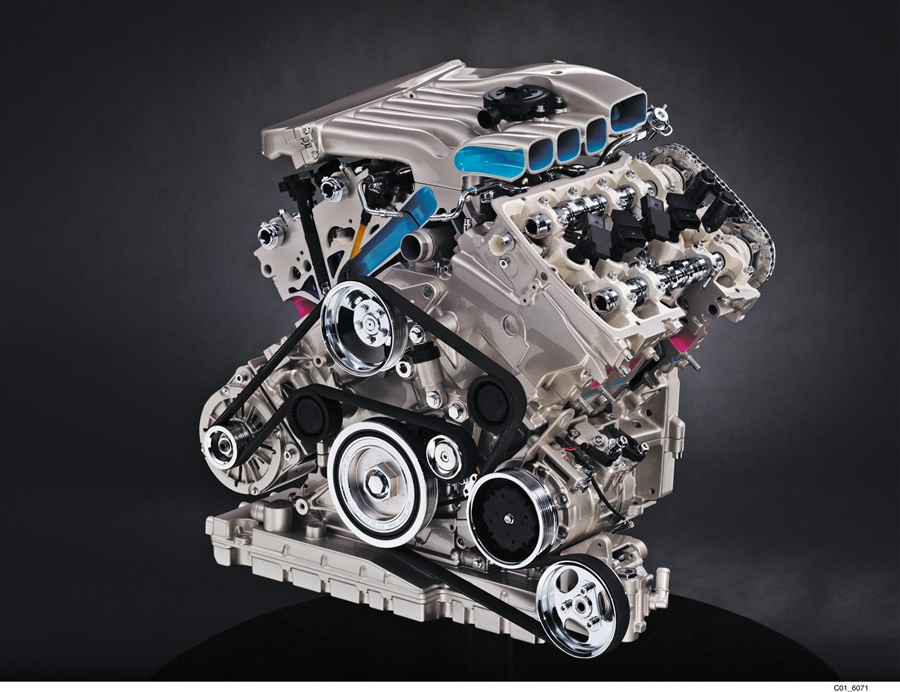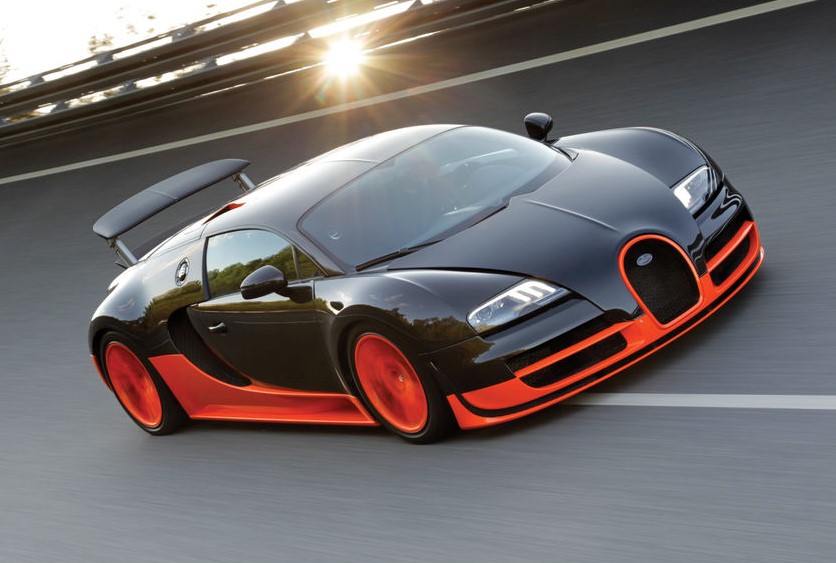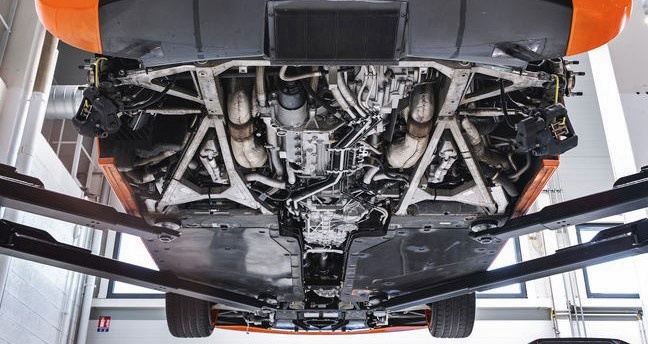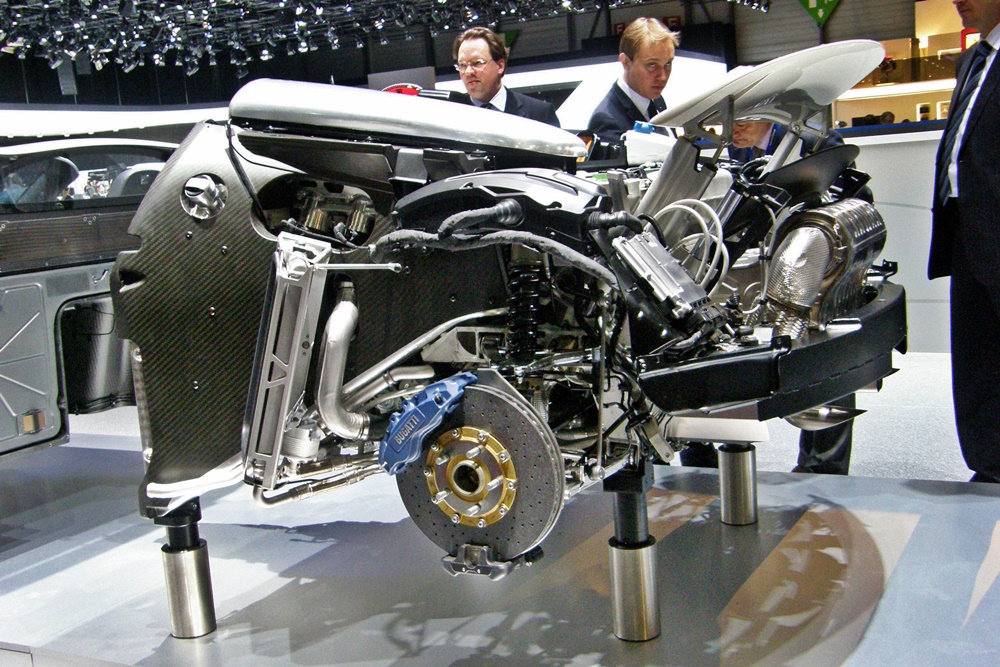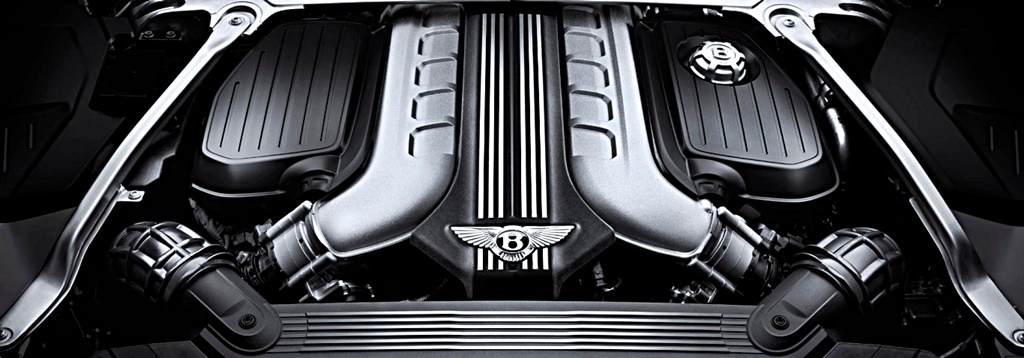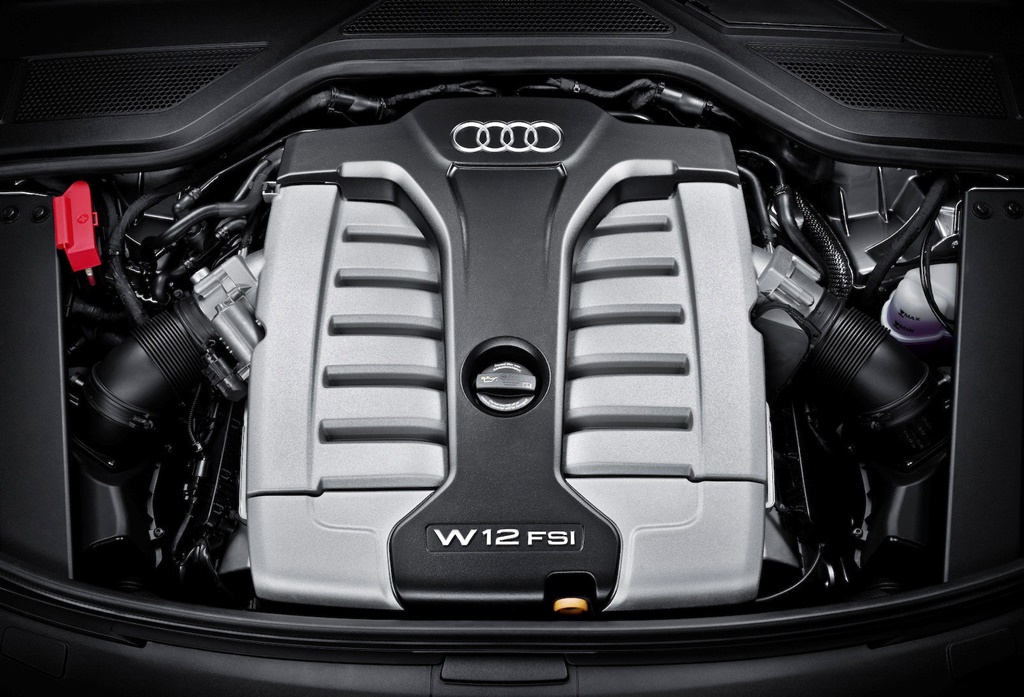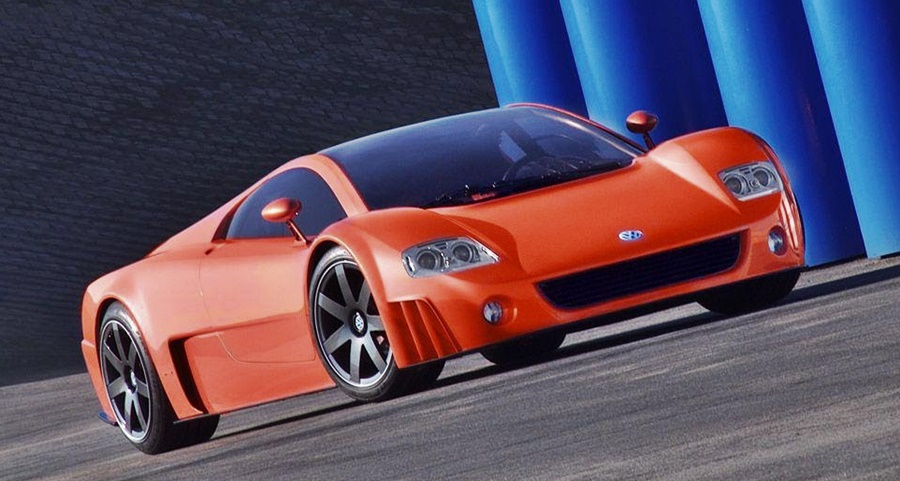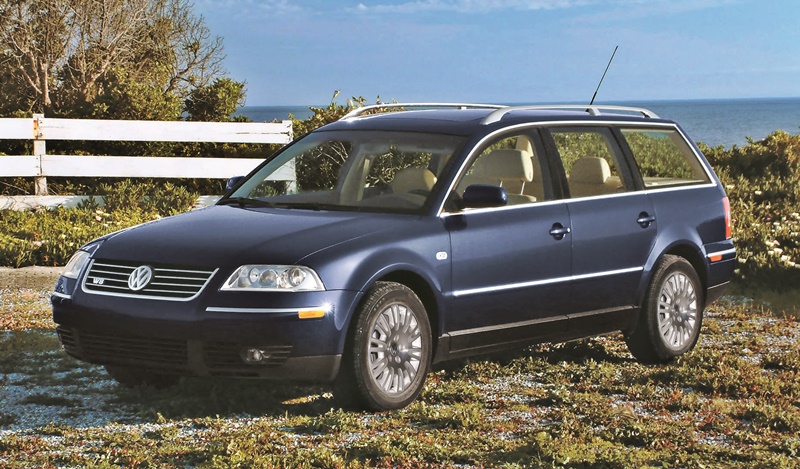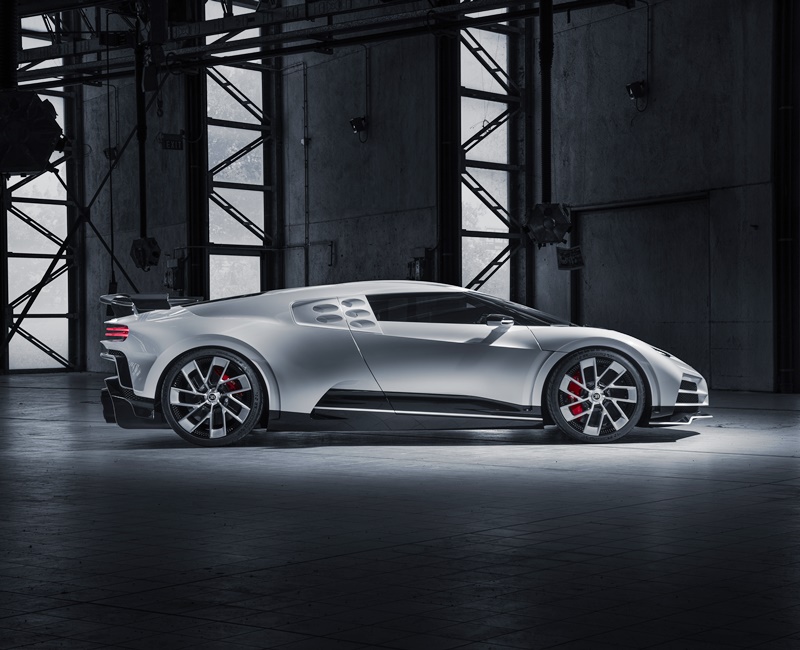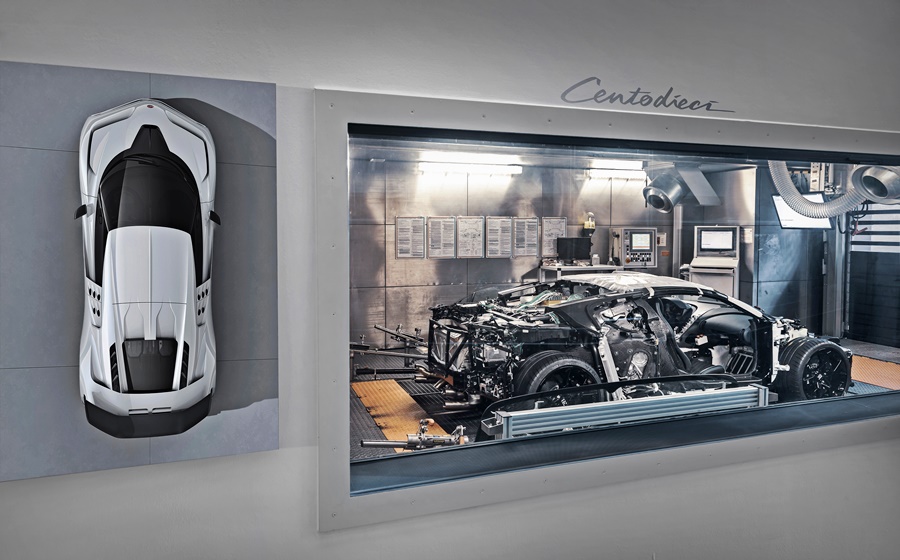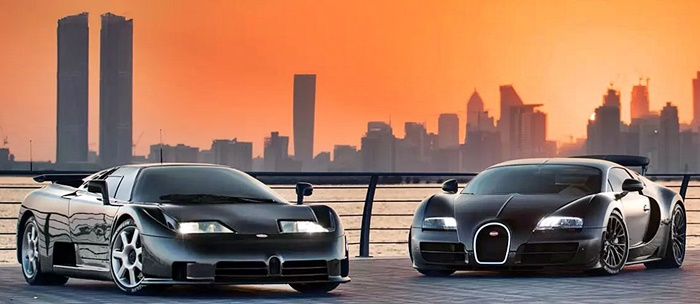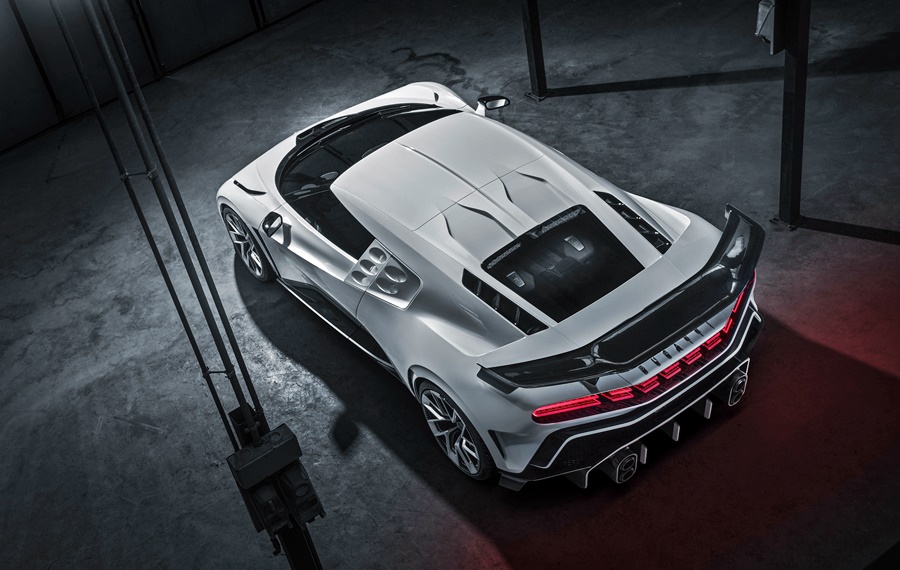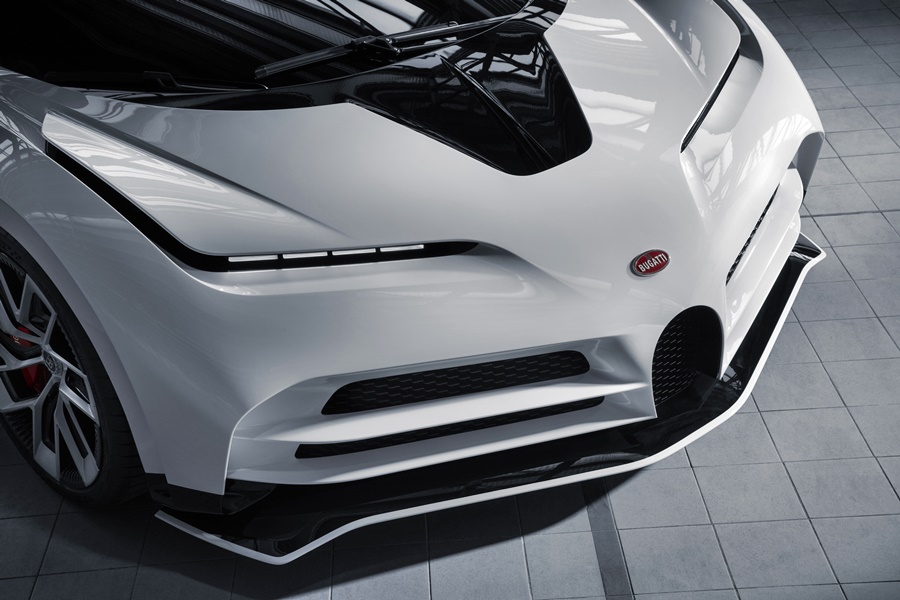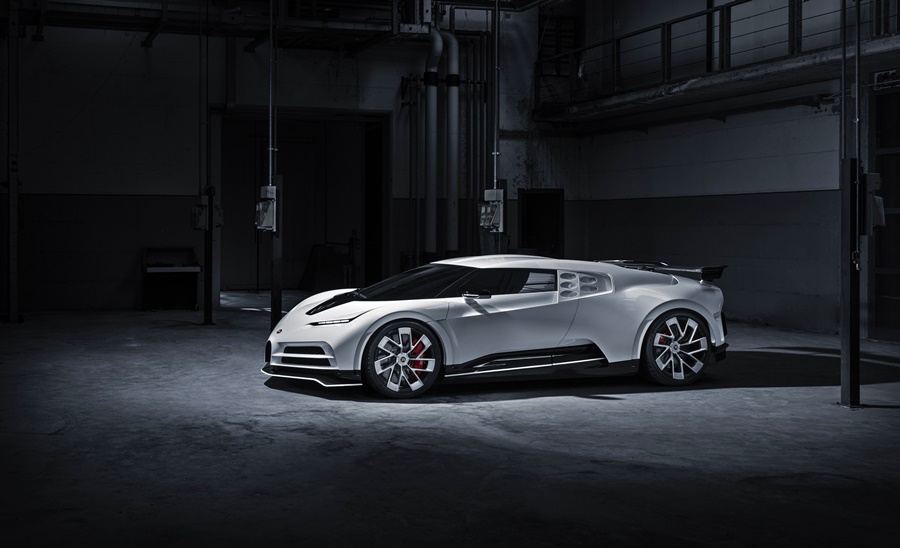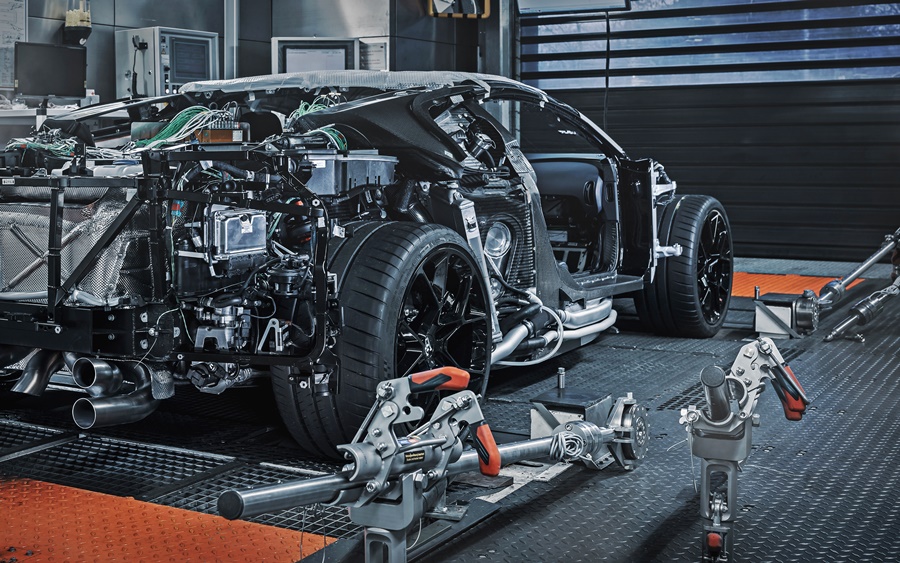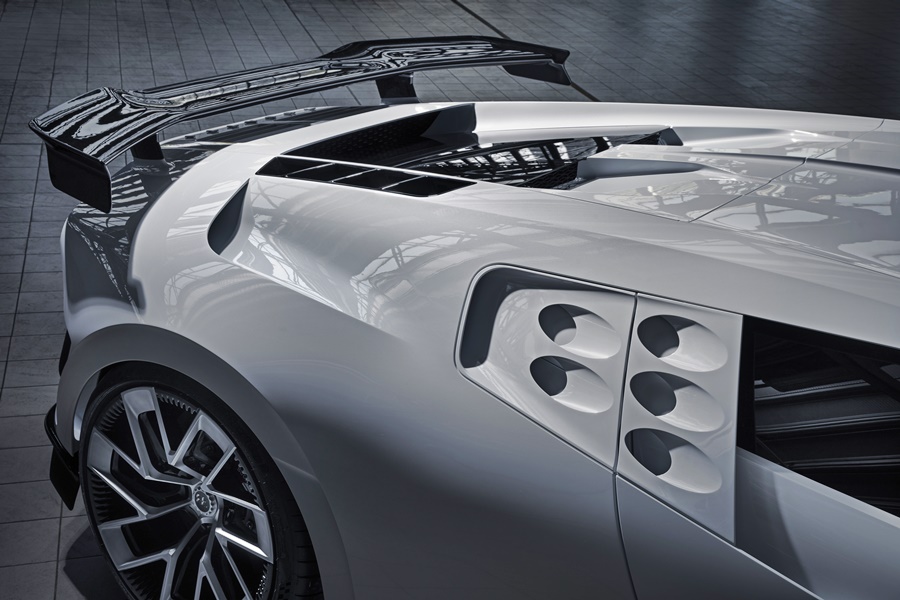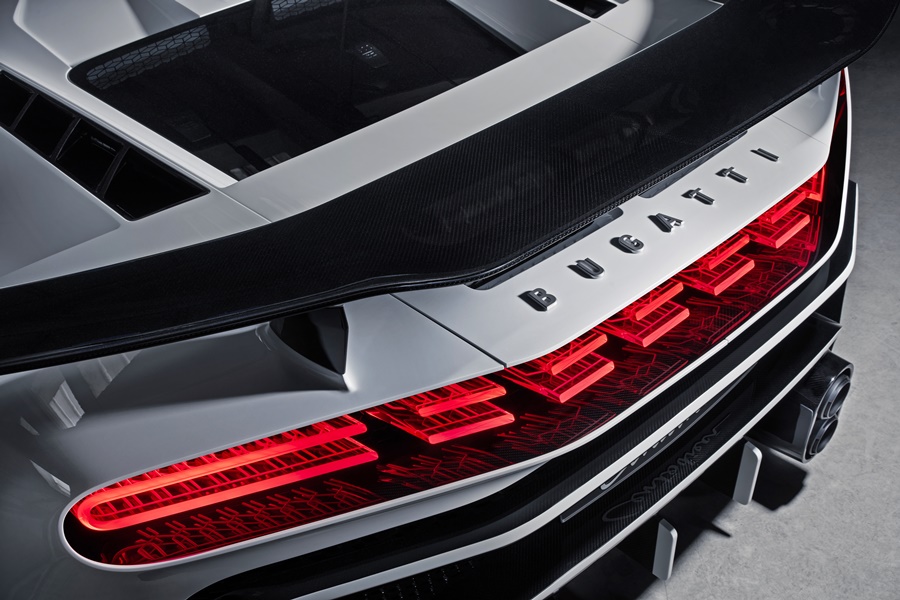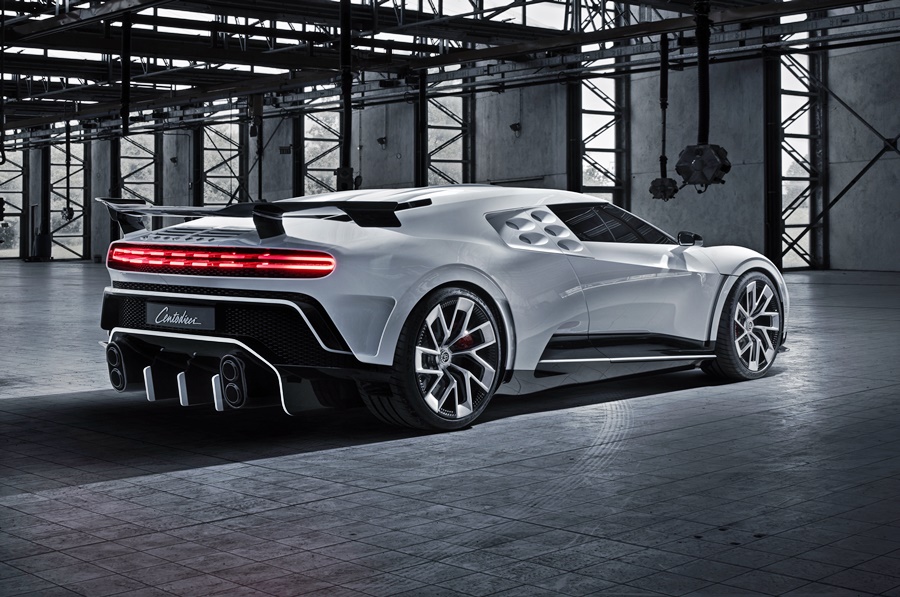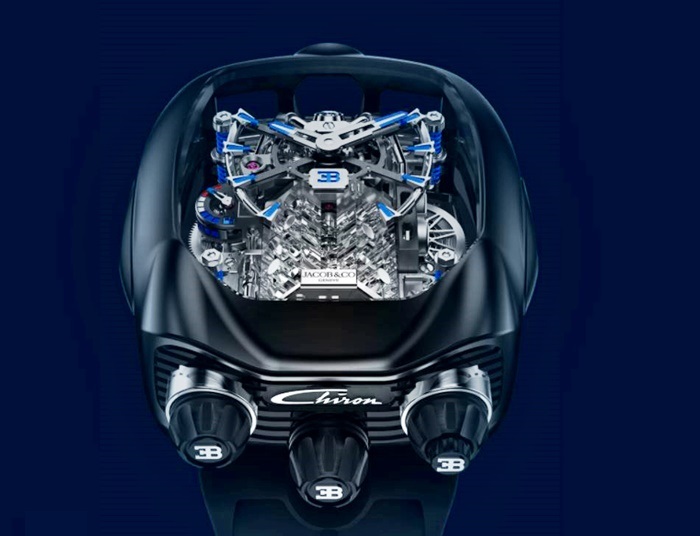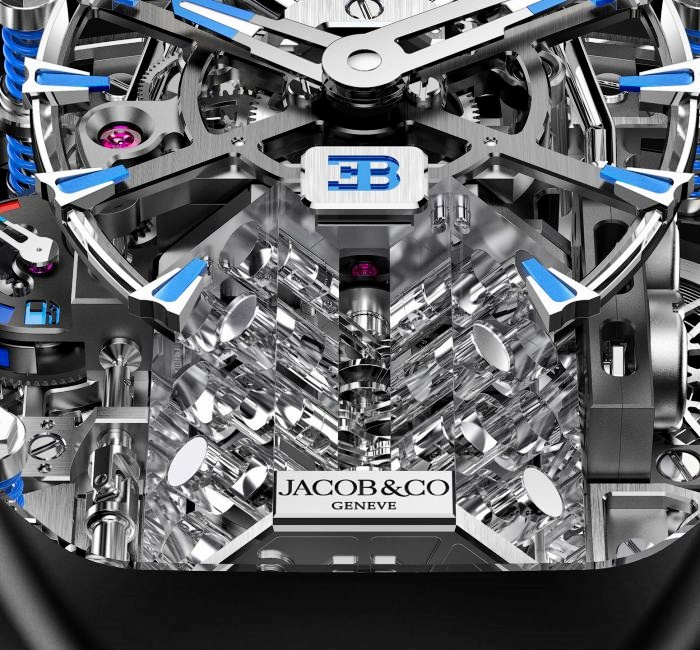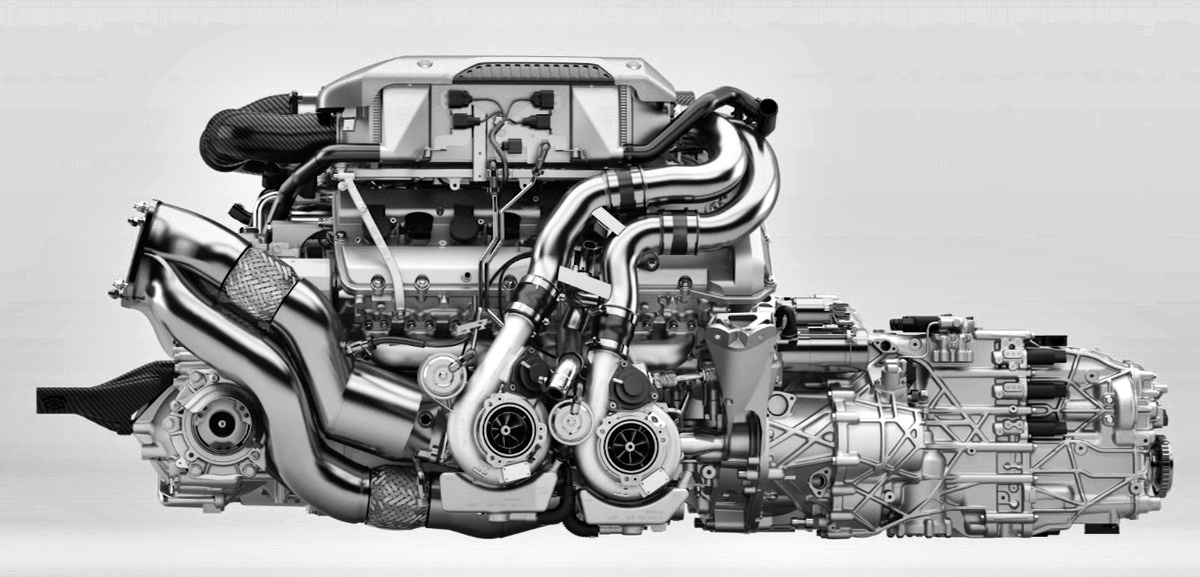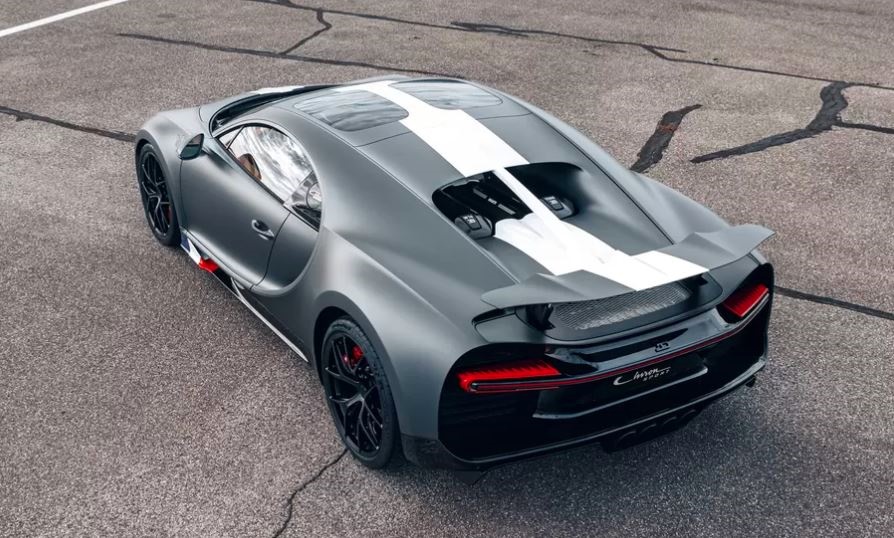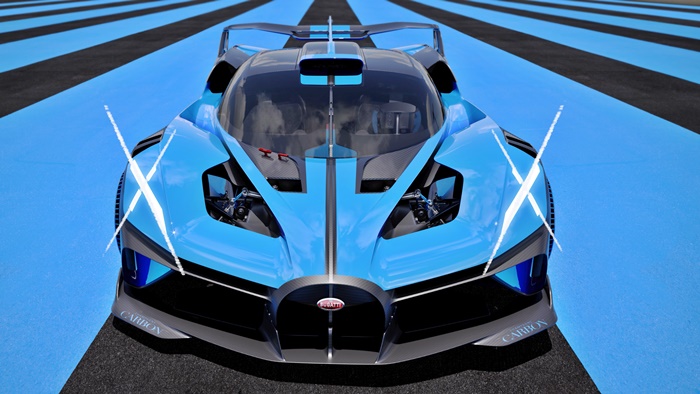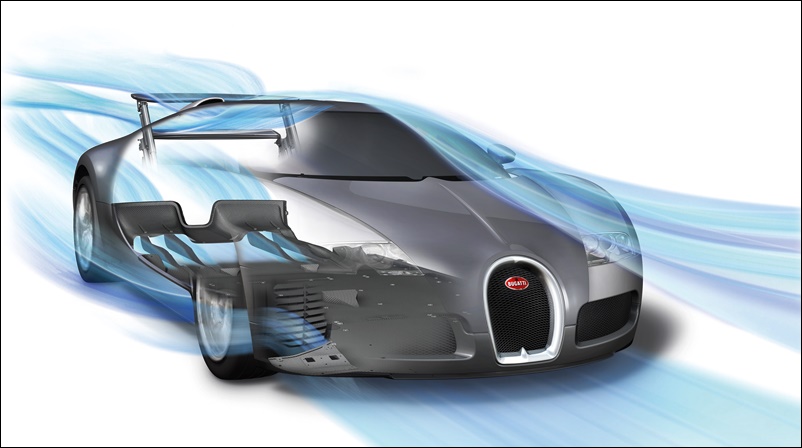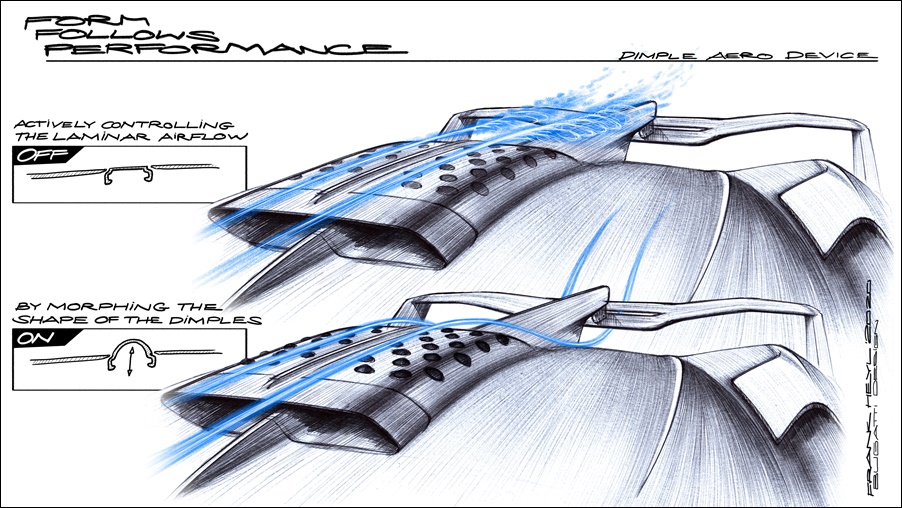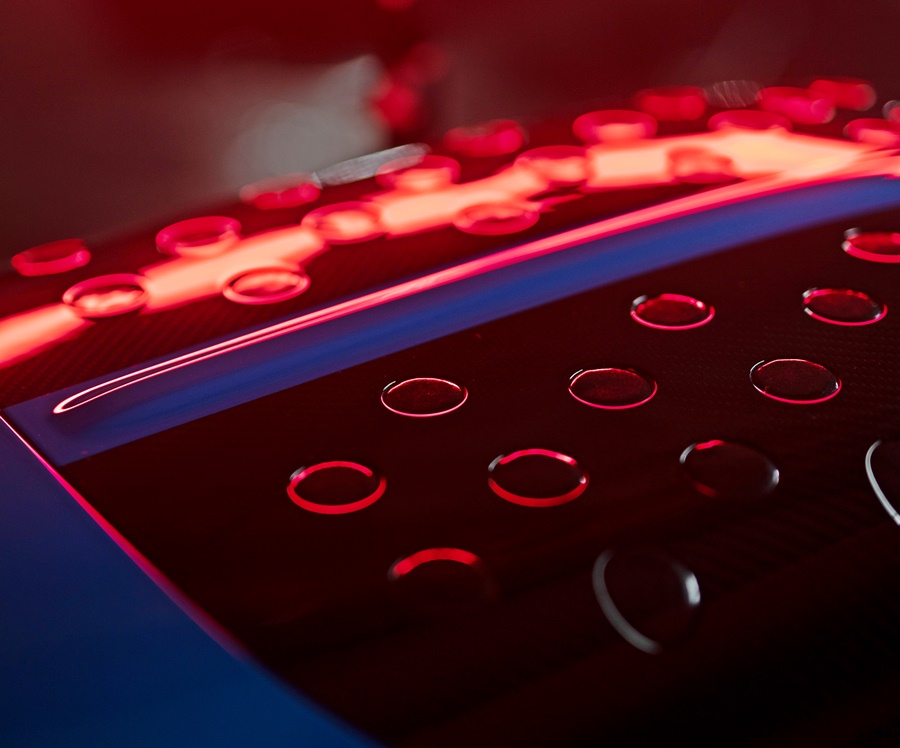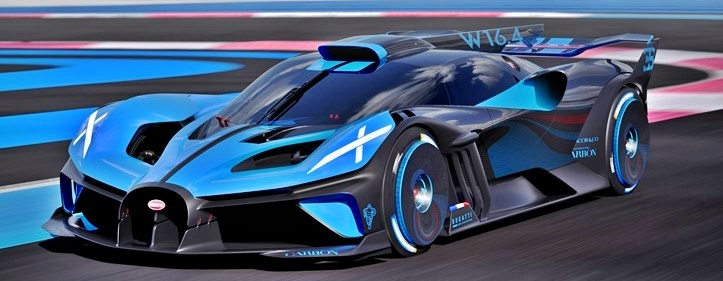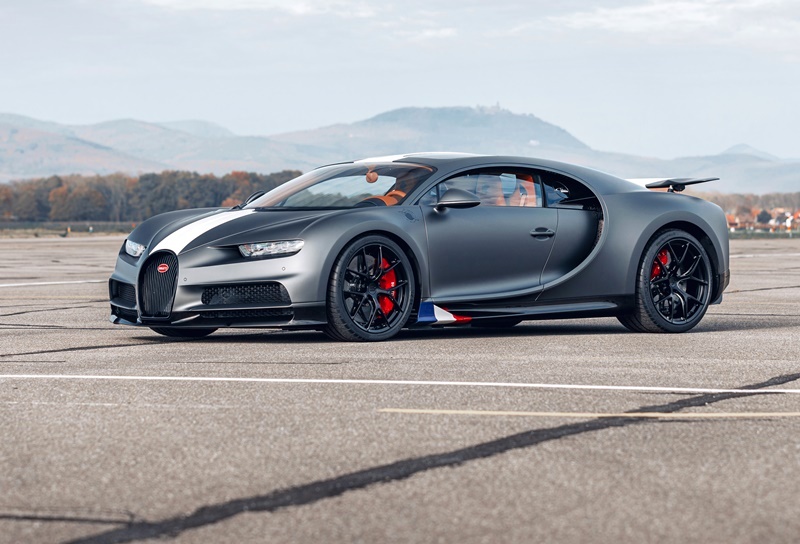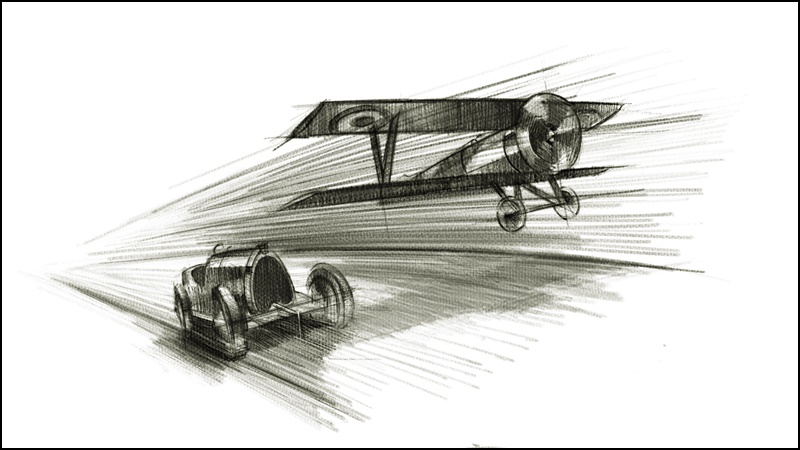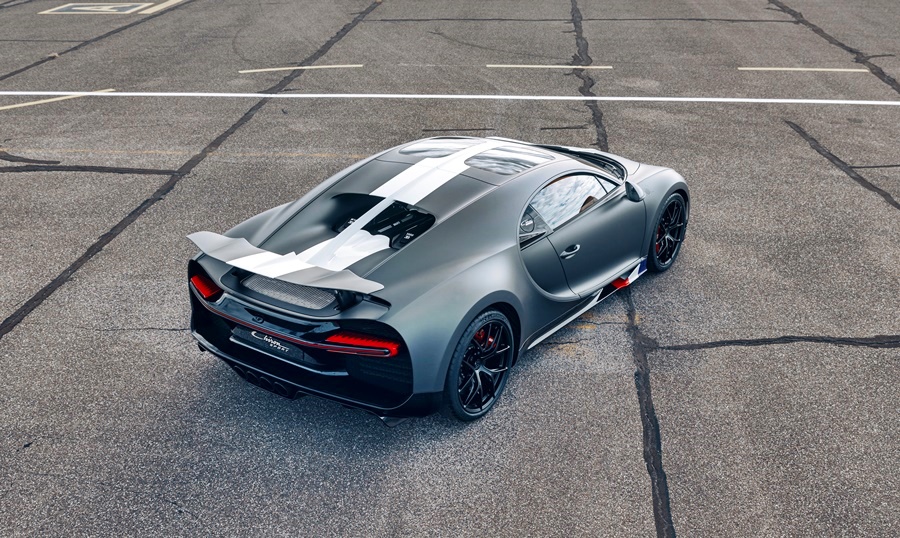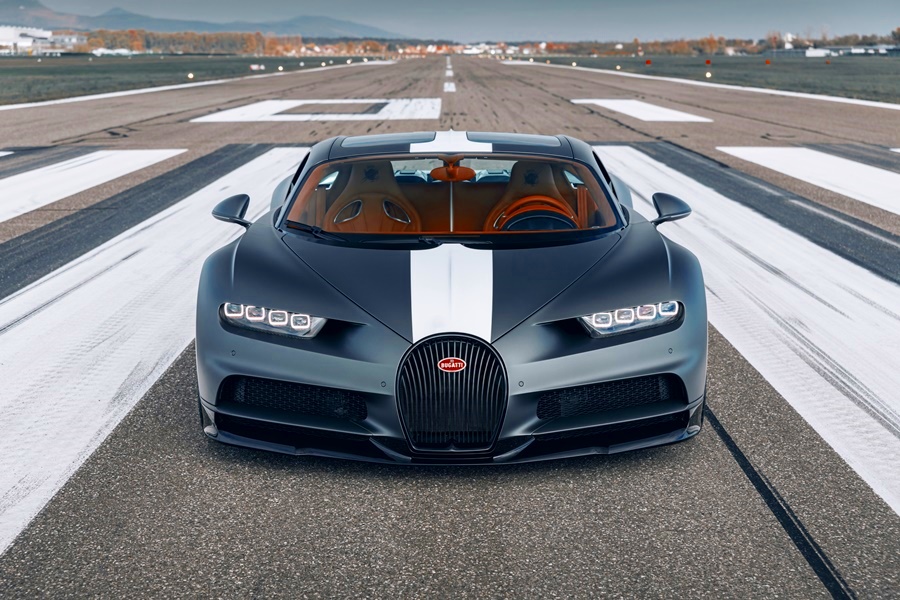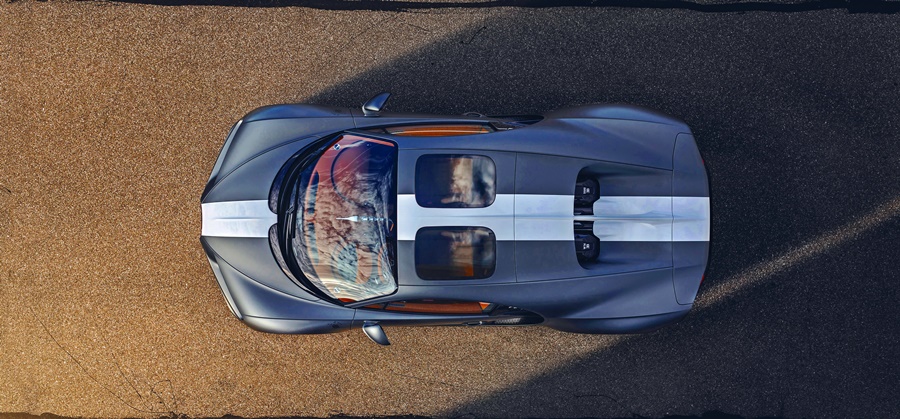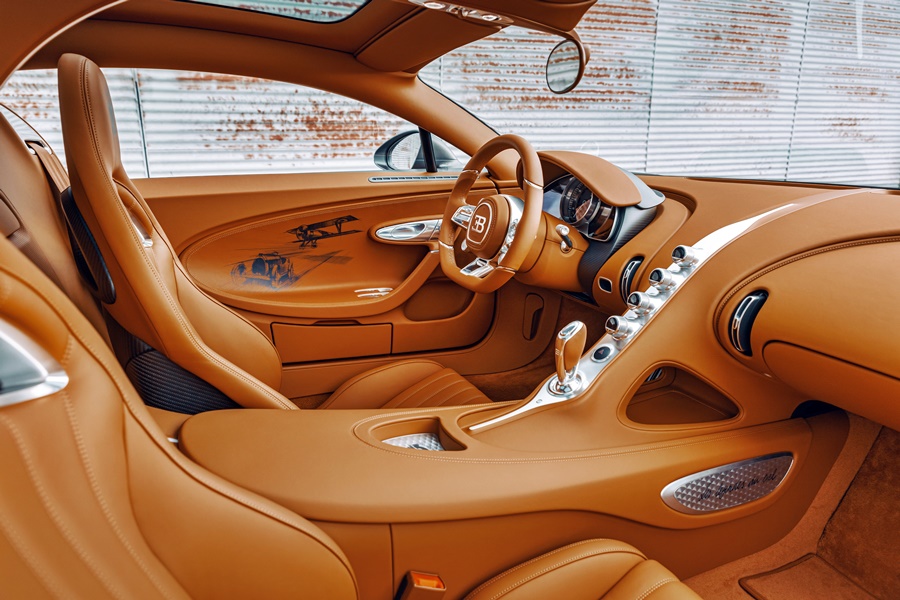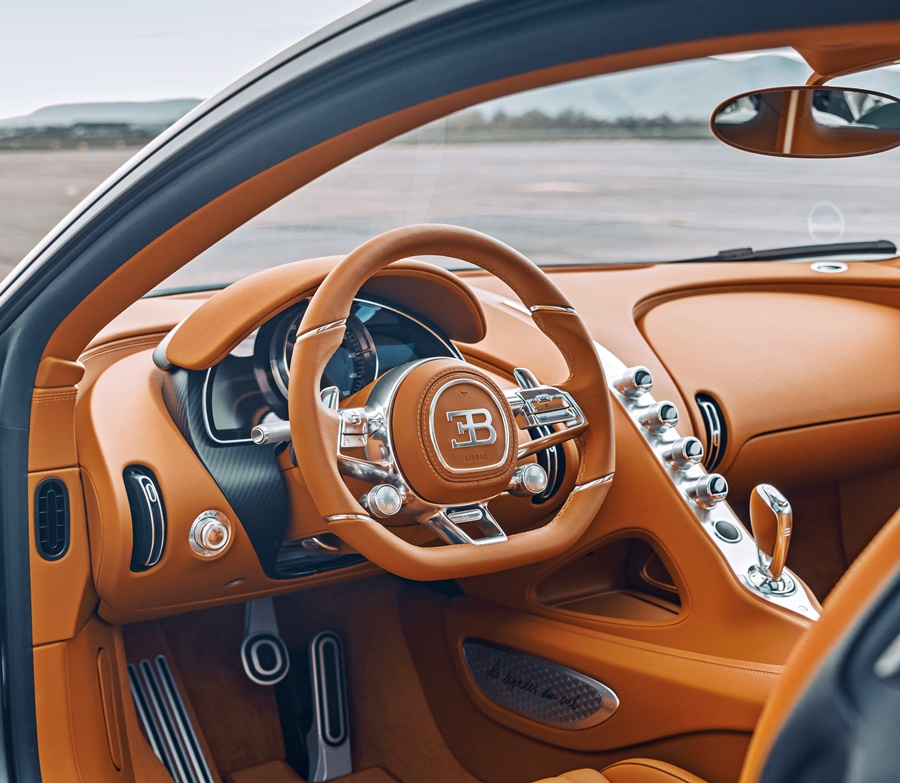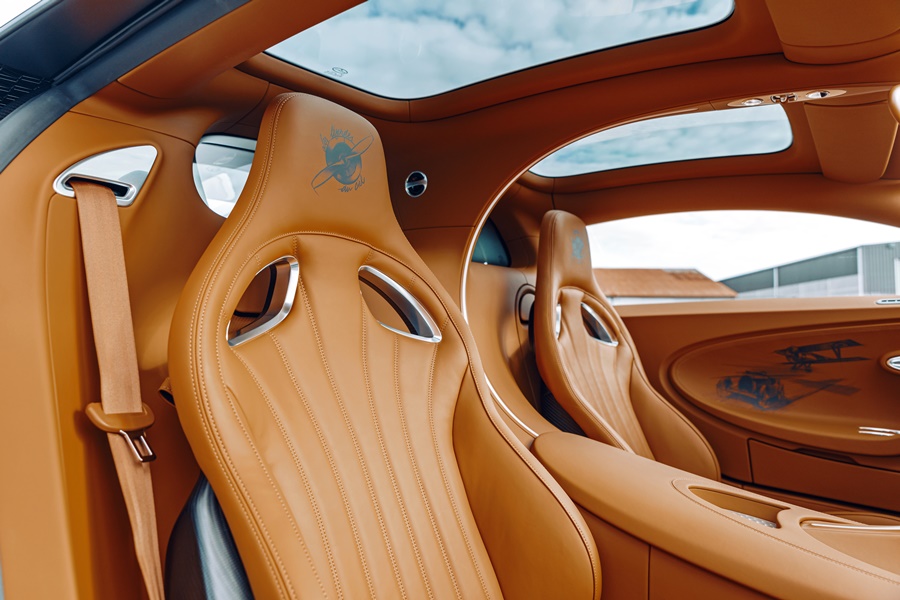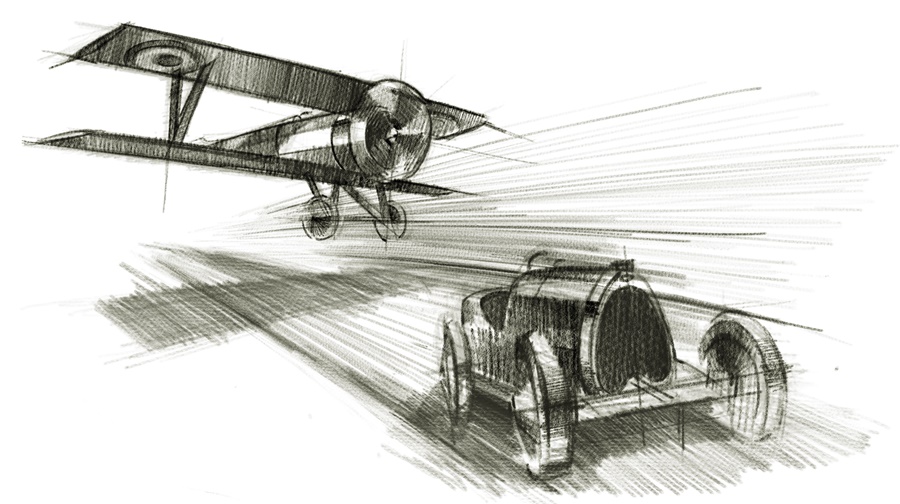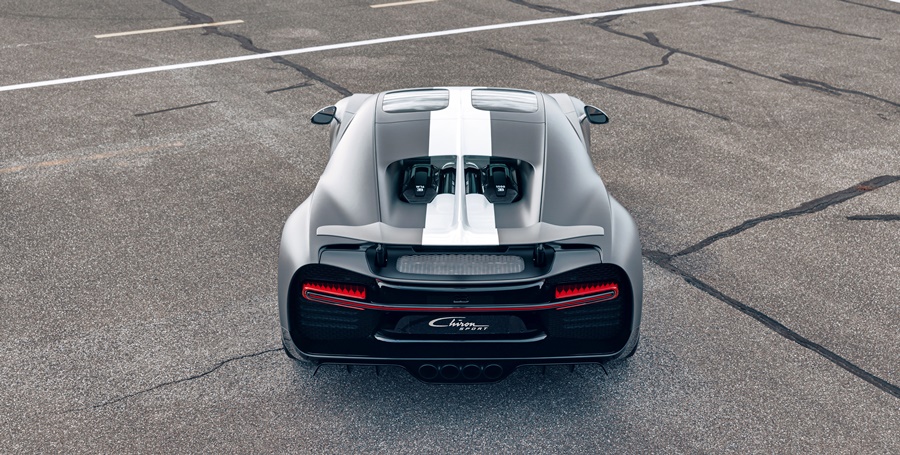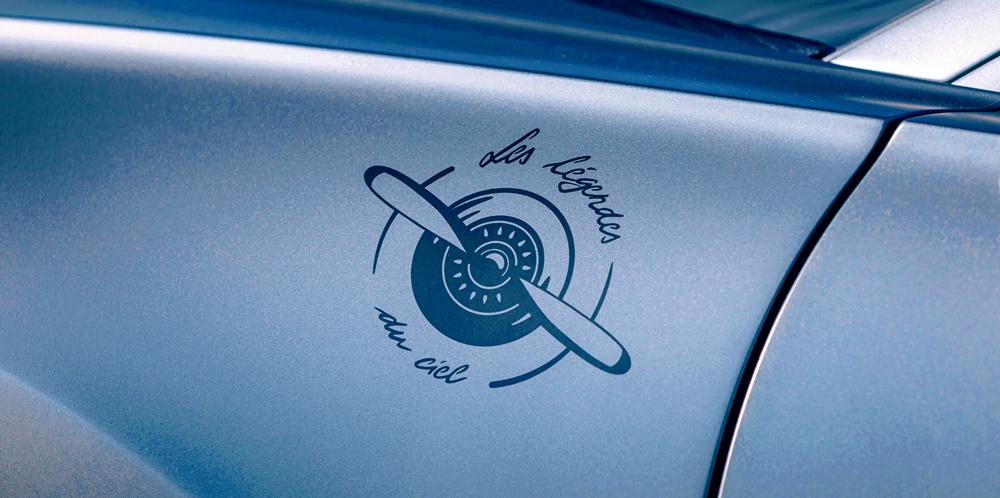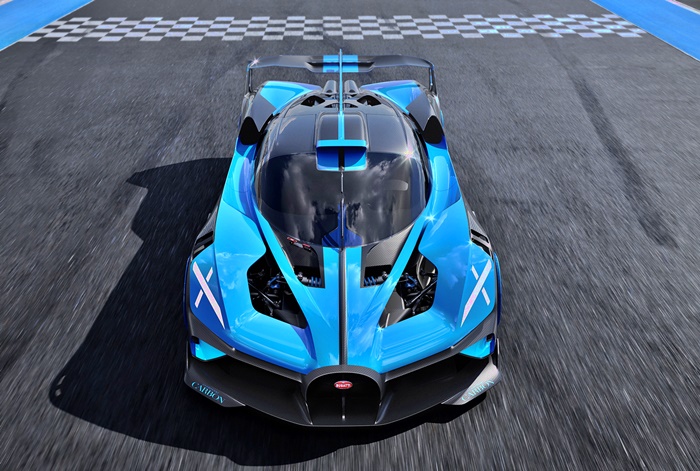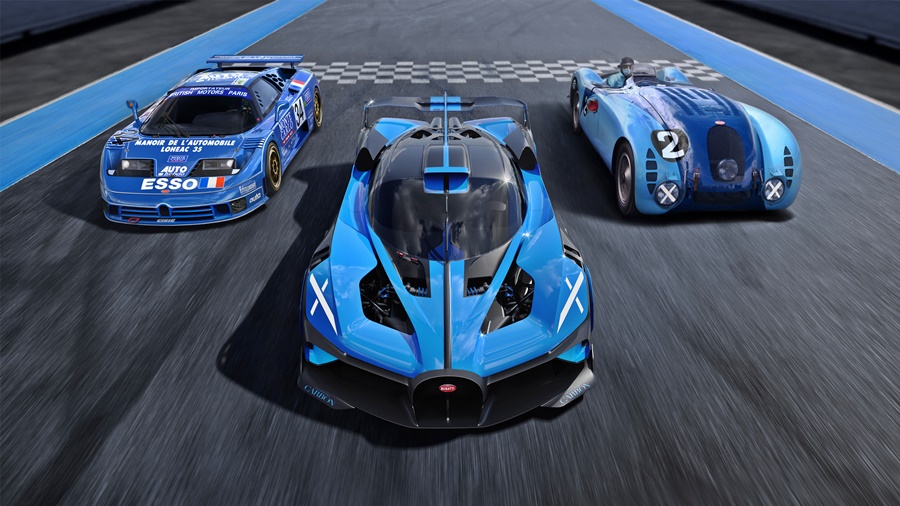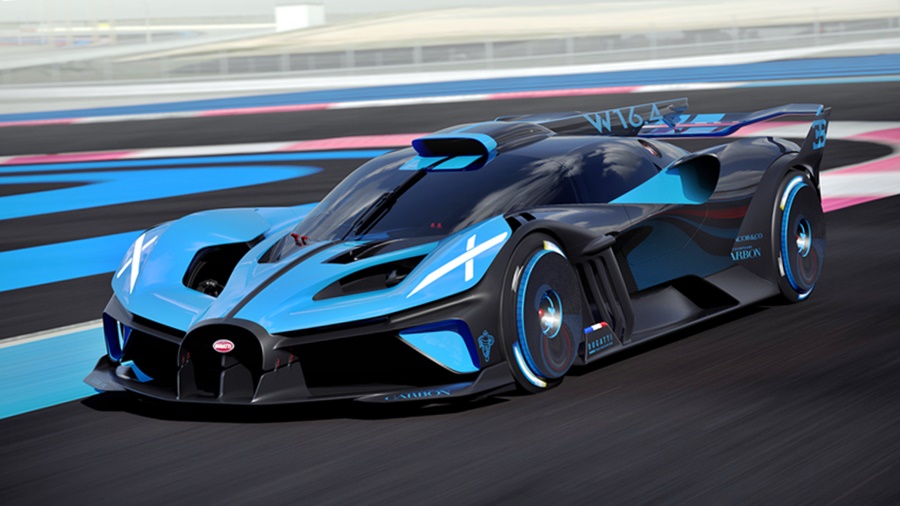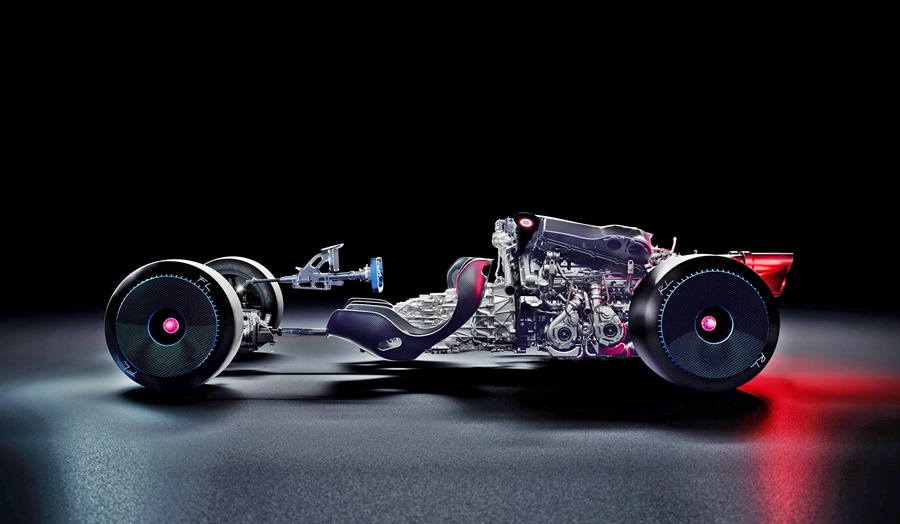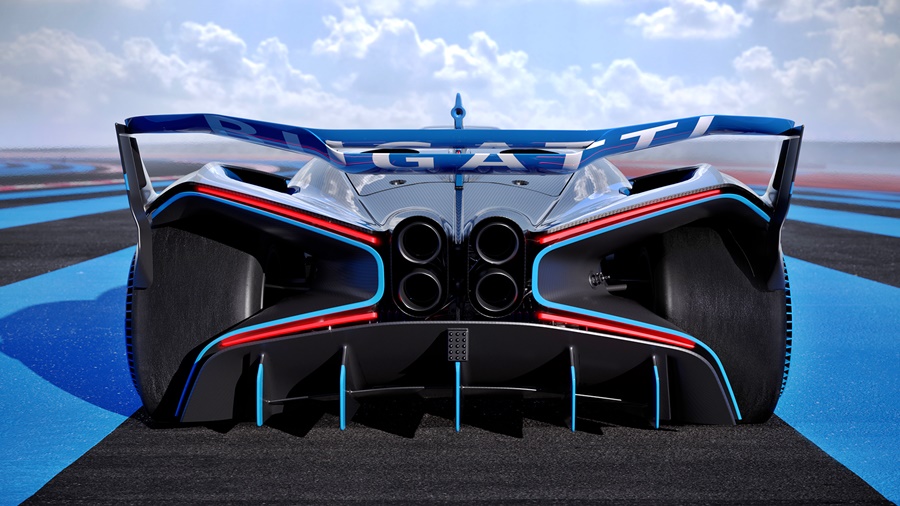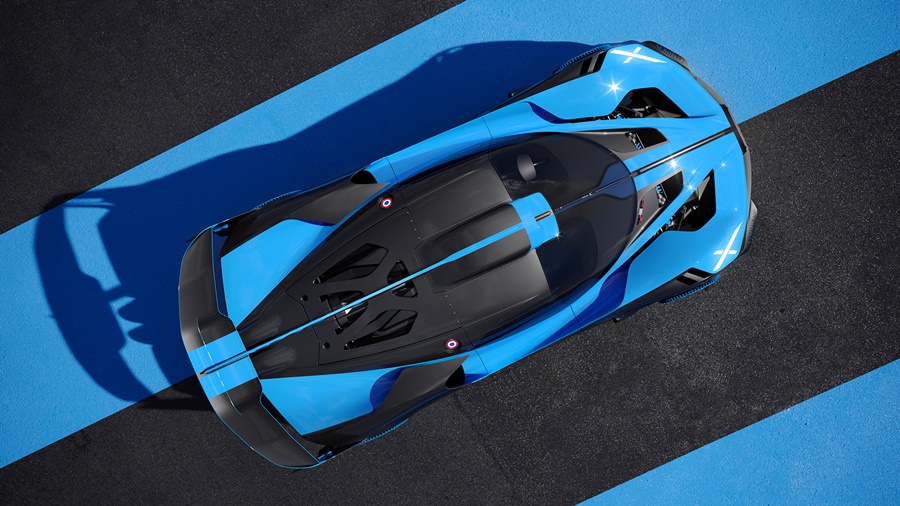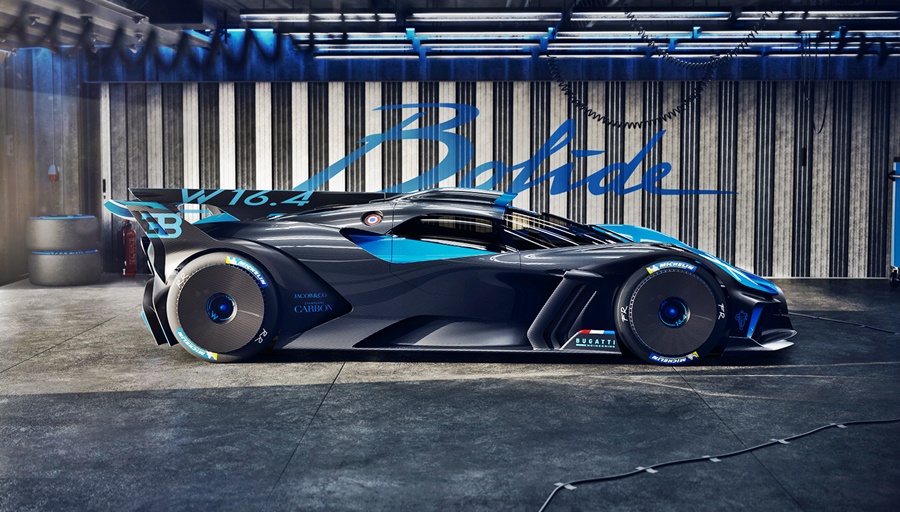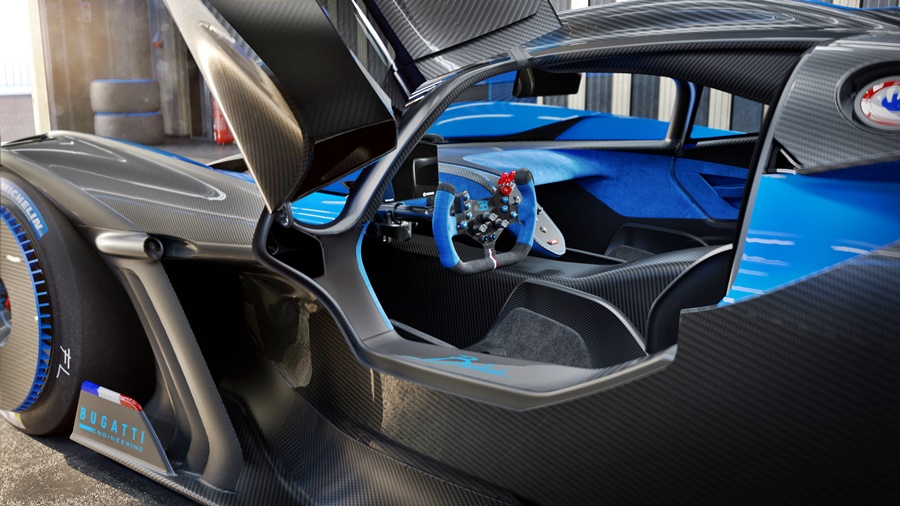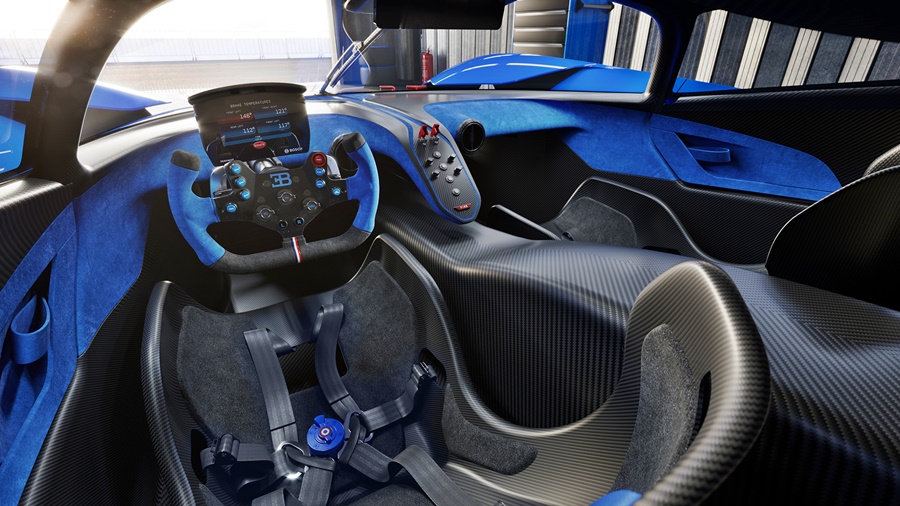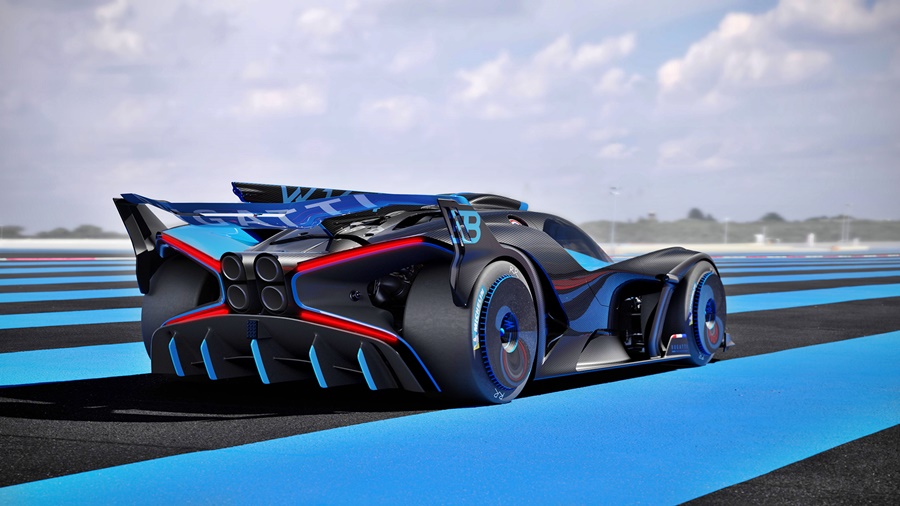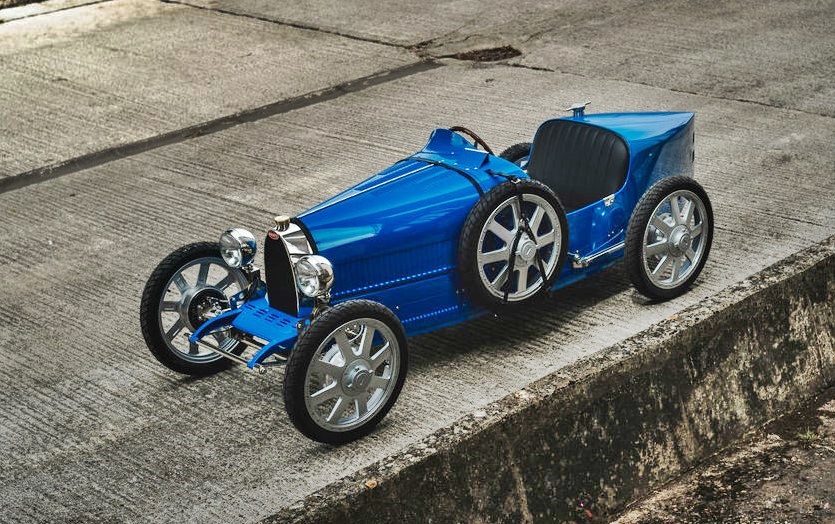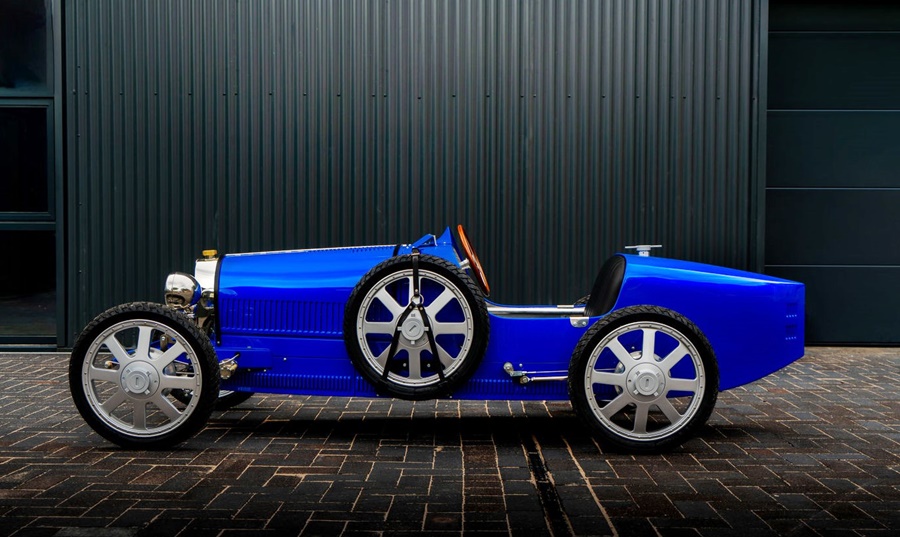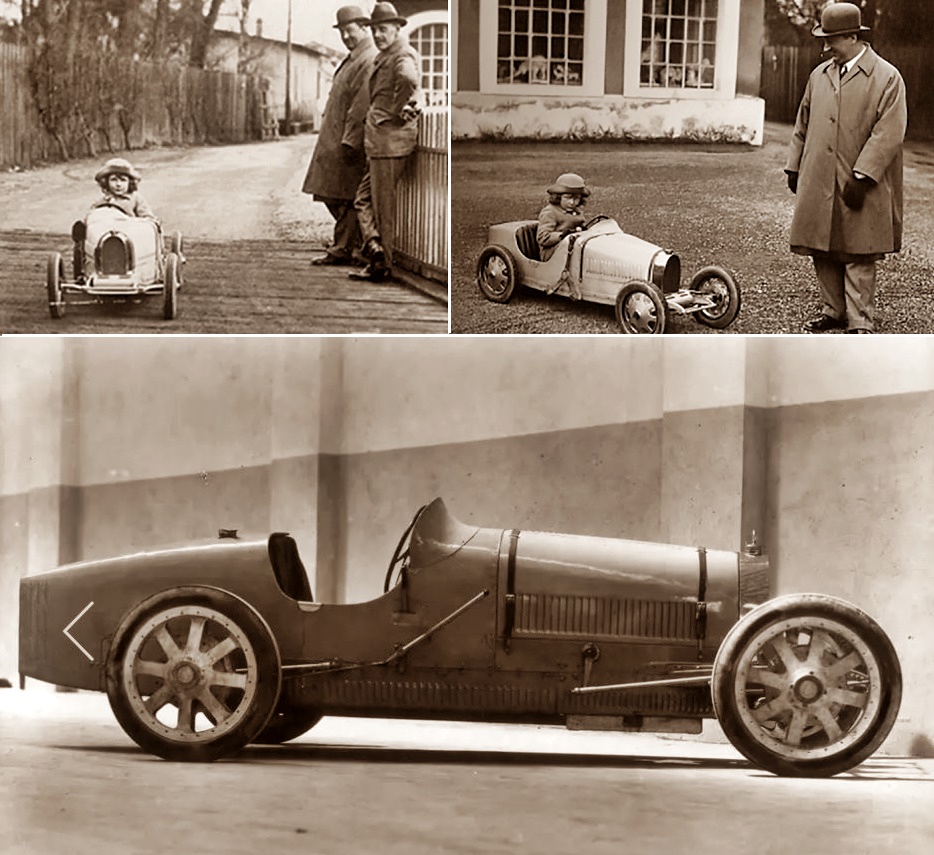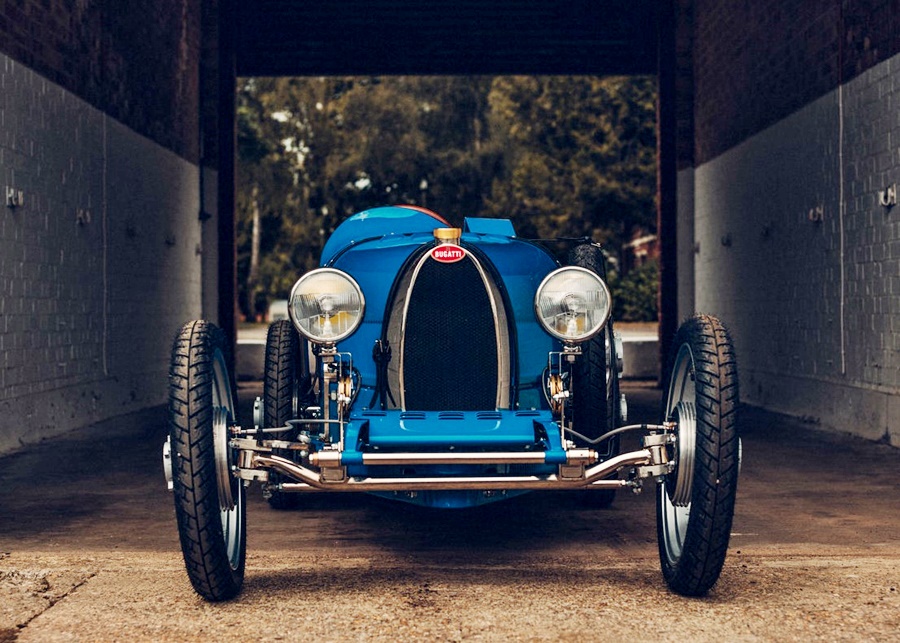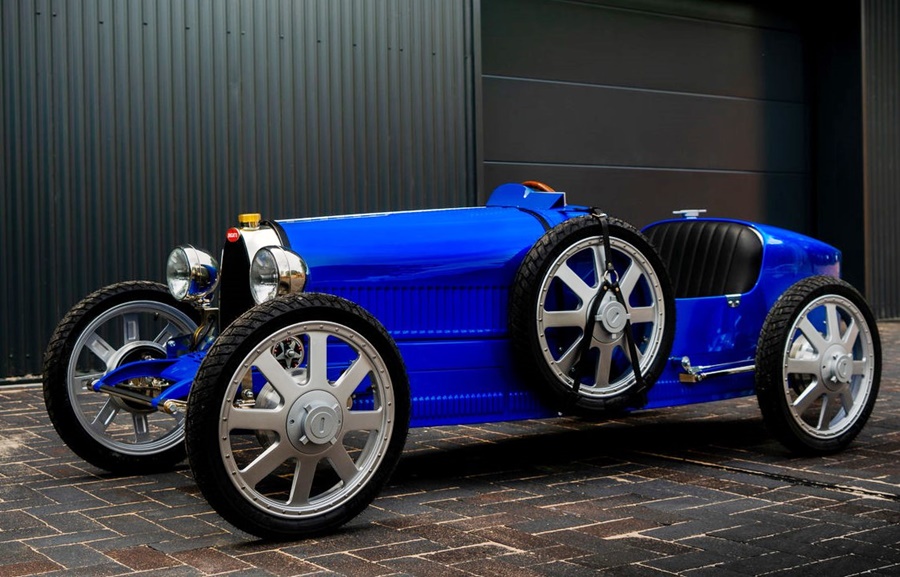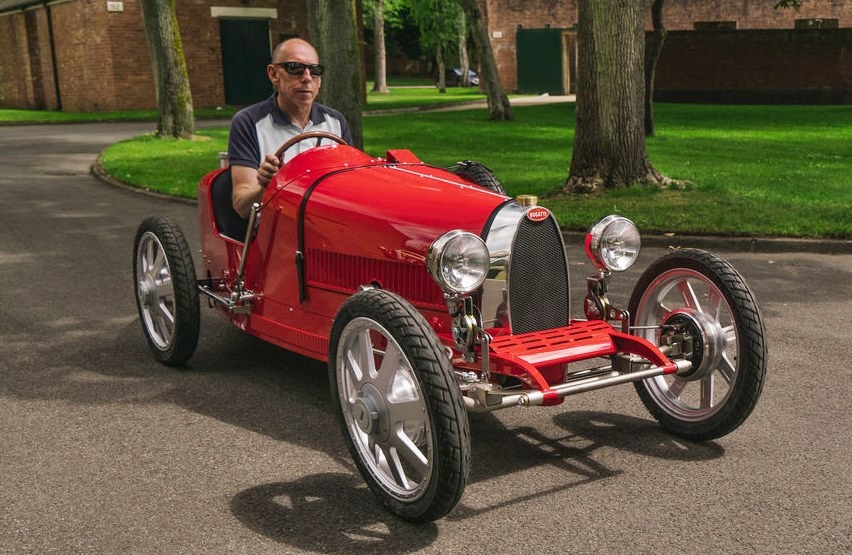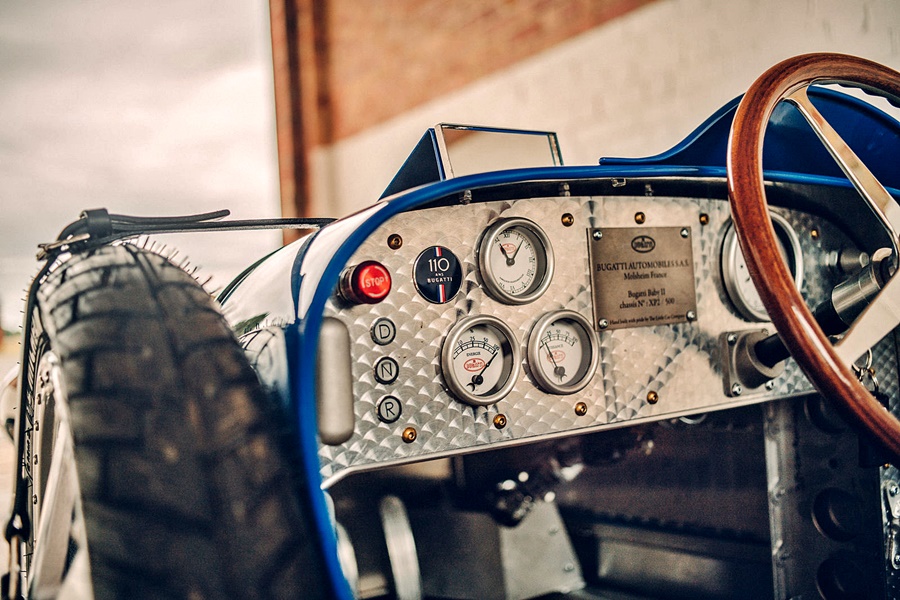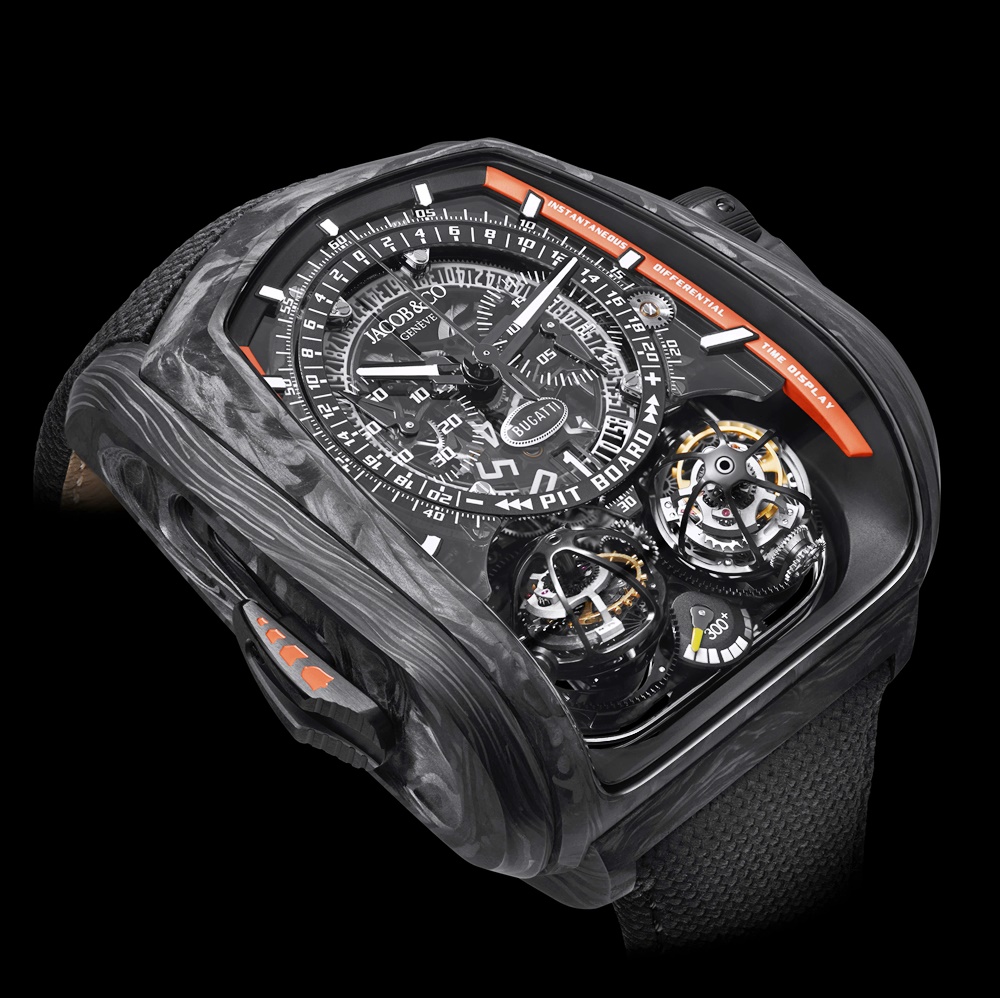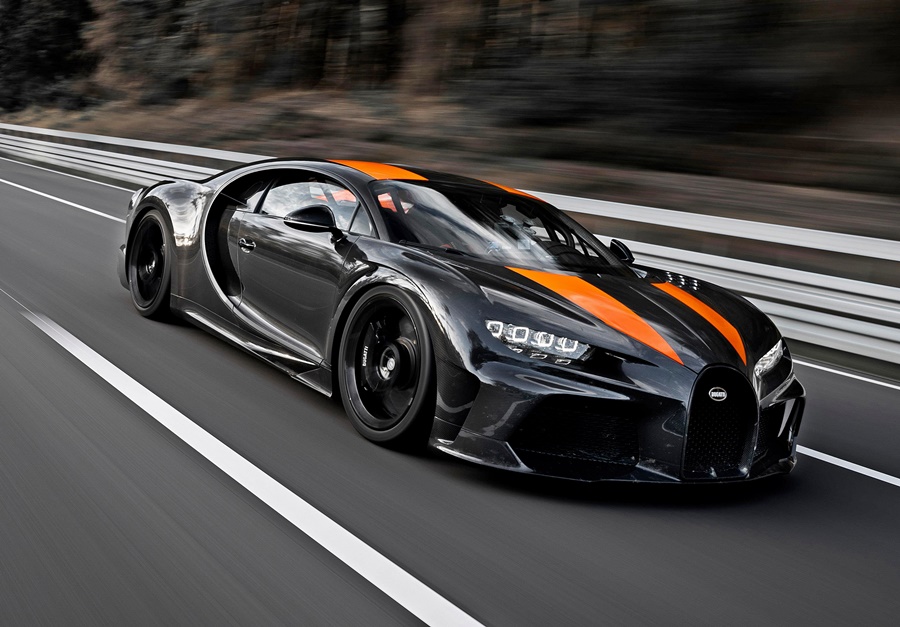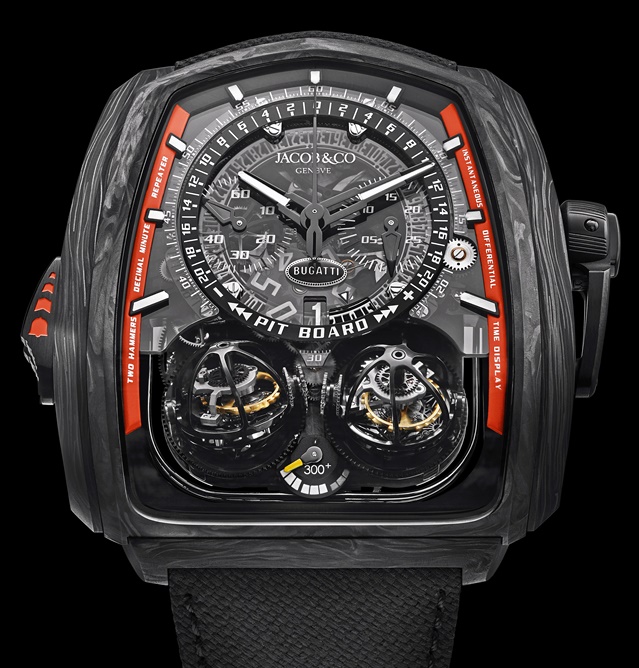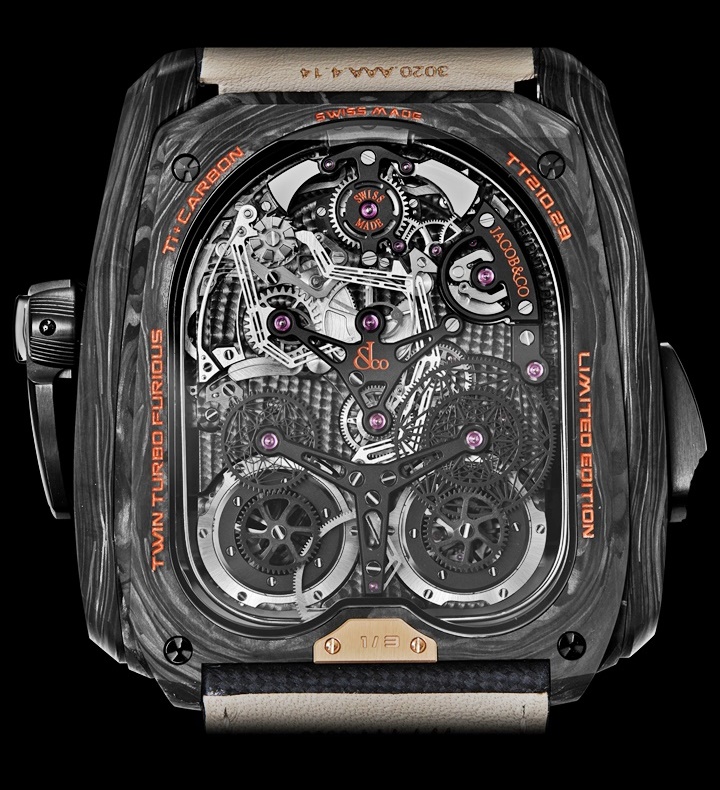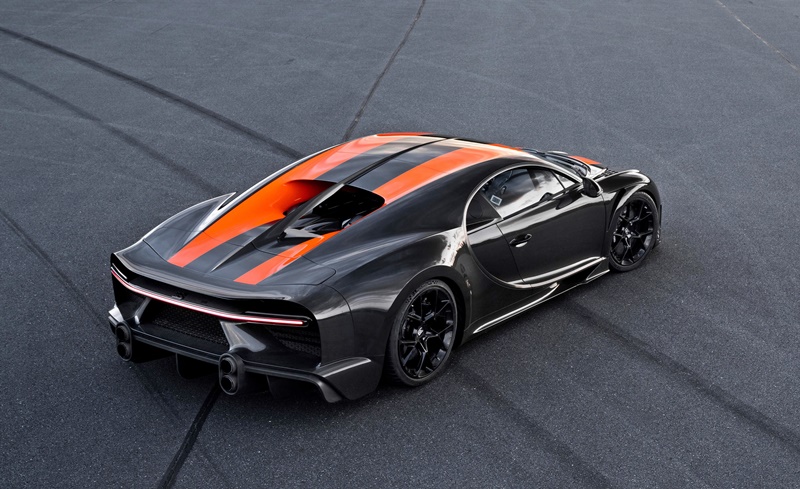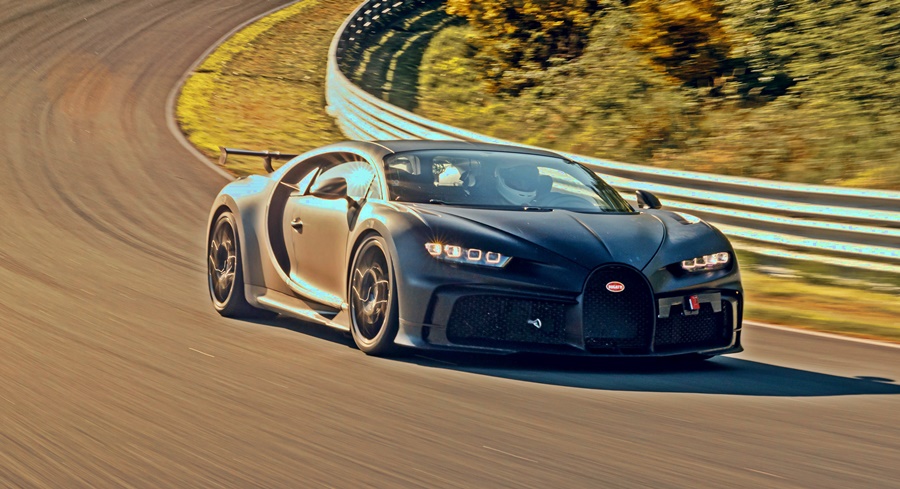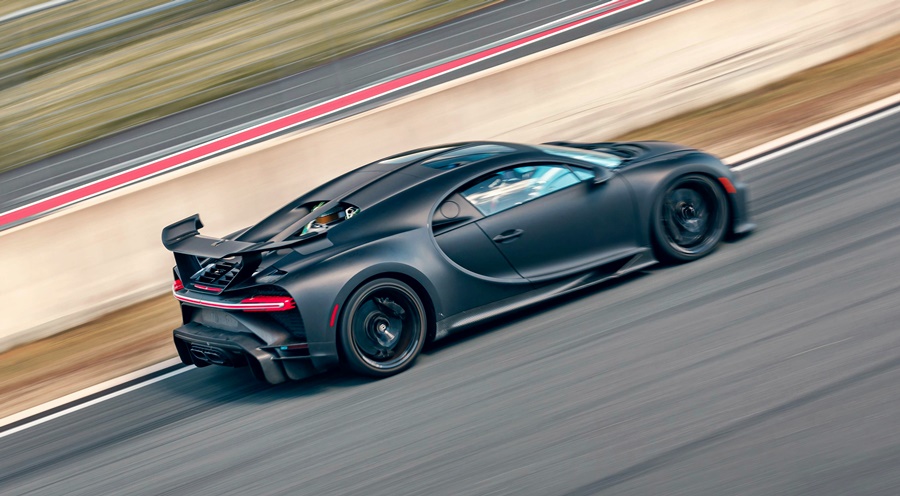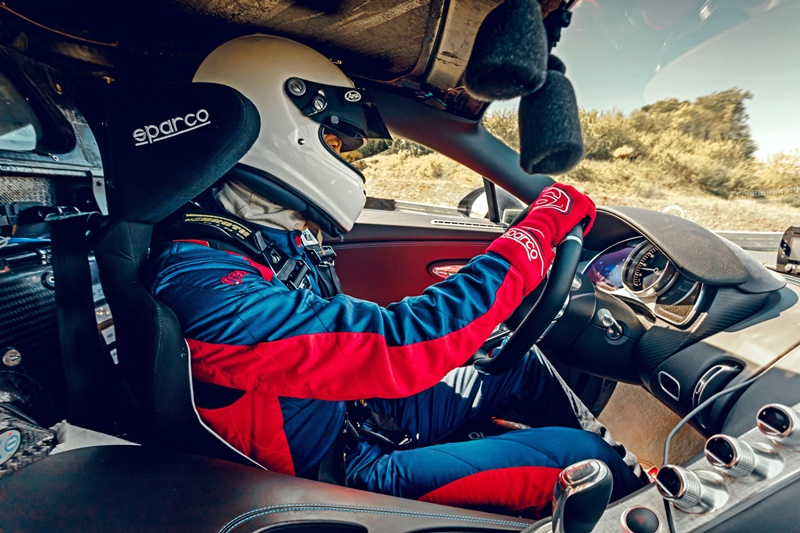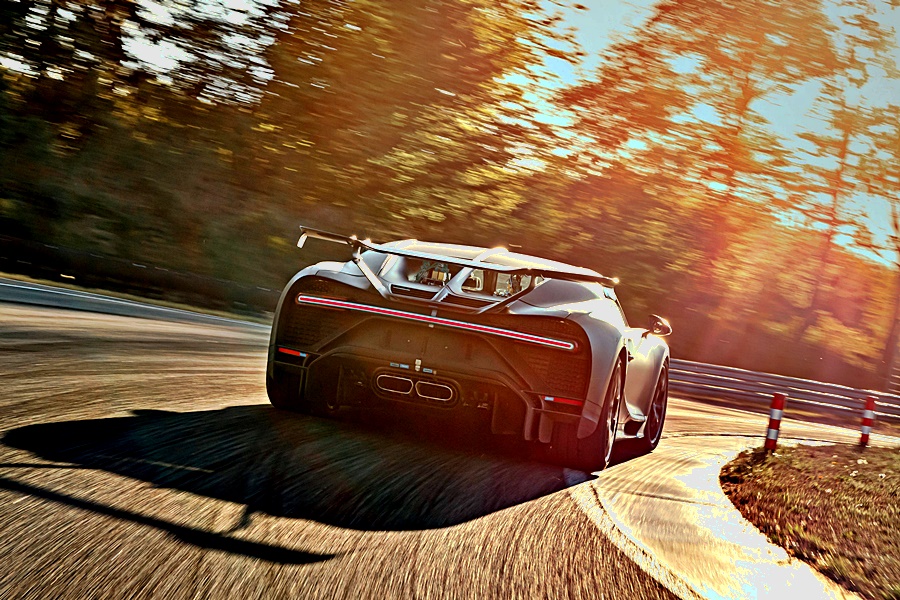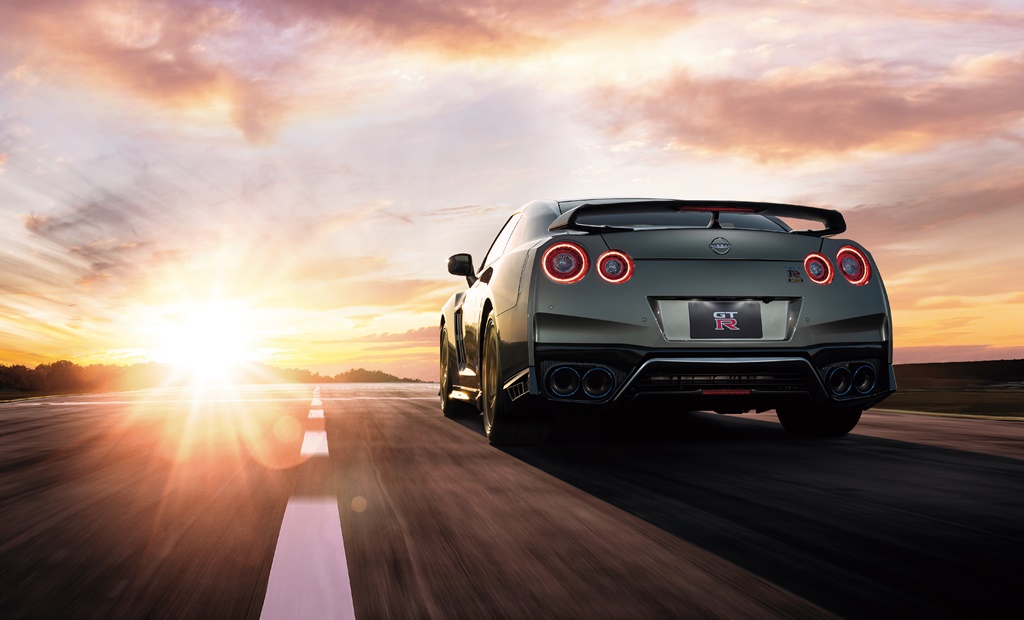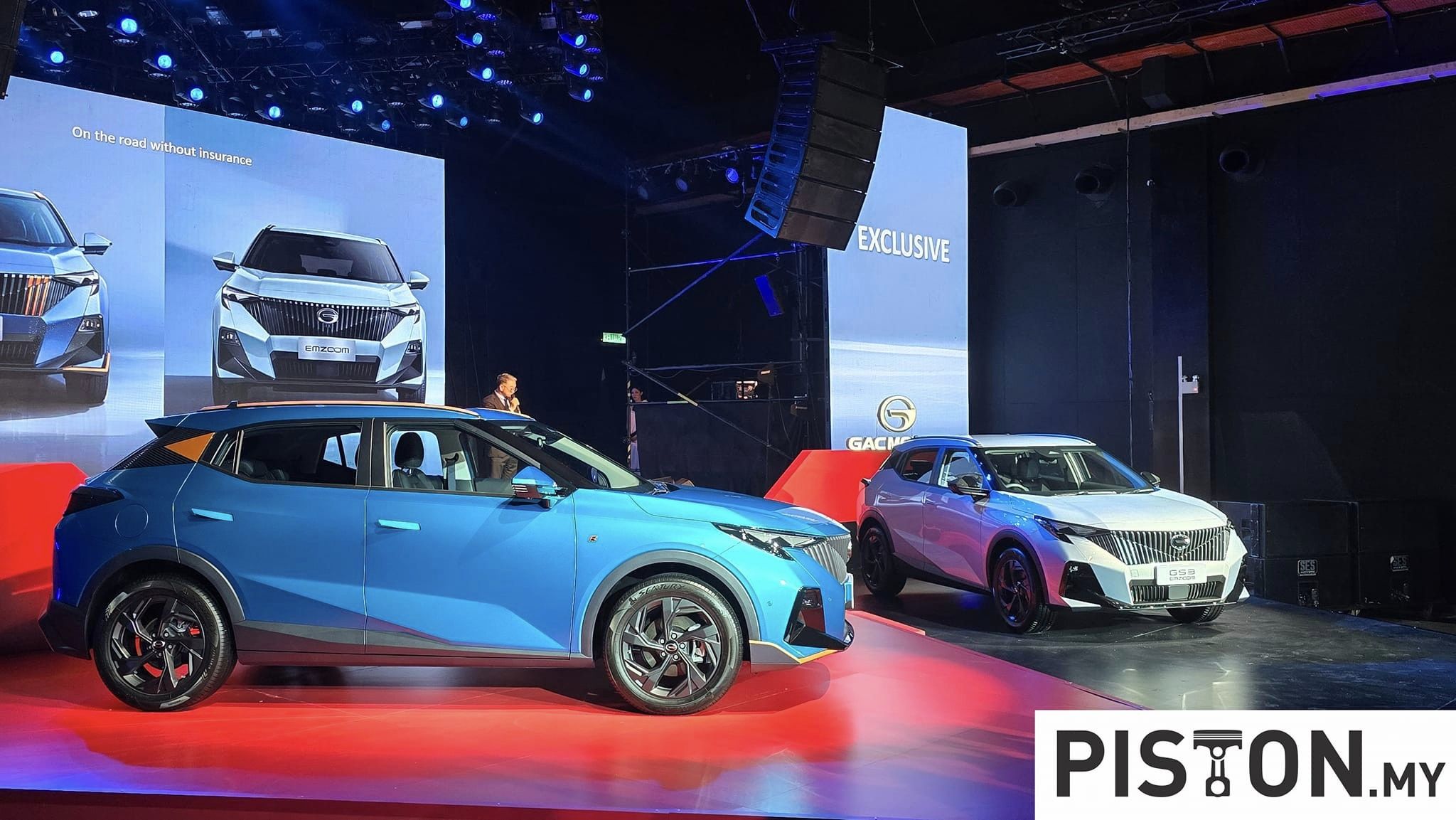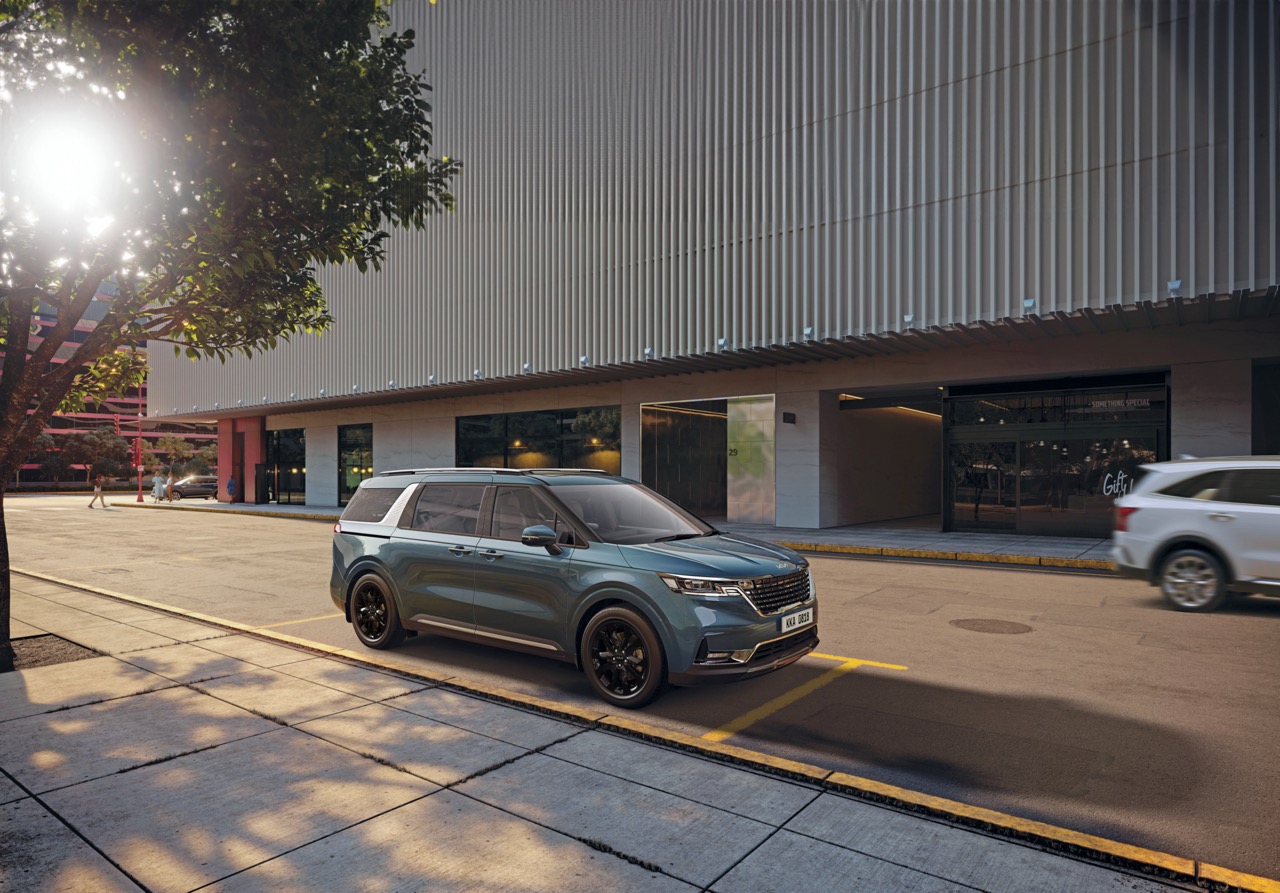Drag races between supercars and aircraft are rare and do not take place very often as it would not be easy to get permission, especially if such an exercise which uses military equipment like a fighter jet. But once in a while, a publication or manufacturer can get the permission to organise and Bugatti was able to do so recently.
The French carmaker was able to arrange for its Chiron Sport – which has a top speed of over 400 km/h – to challenge the Dassault Rafale Marine, a French fighter jet that can fly at more than Mach 1.6 or around 1,975 km/h.
Second duel with a jet fighter
The high-octane rendezvous between the two super machines took place at a naval base in the north-west of France. It was not the first time a Bugatti challenged a jet before; in 2007, a Veyron 16.4 took on a Eurofighter Typhoon in a drag race. In the latest duel, the Chiron Sport and the Rafale Marine would be measured up against one another in acceleration, torque and even braking behaviour.
It wasn’t a matter of turning up on the runway and taking off. There was an elaborate process taking many weeks of planning to even the most minute detail. “Precision and preparation are everything. Everything happens very quickly in the Rafale Marine and every move you make has to be right. And the same goes for the Chiron Sport at high speeds,” explained French Navy pilot Etienne. “At high speeds, everything has to go perfectly both in the Chiron Sport and the Rafale Marine. The runway isn’t all that long or terribly wide for the both of us. This comparison will be a challenge for everyone,” added Pierre-Henri Raphanel, who drove the hypercar.
This encounter with a jet was a first for Raphanel, a racing driver. “We may only be driving straight ahead on a runway but setting off alongside a jet demands a great deal of attention and concentration, especially at high speeds,” he explained. With the Chiron Sport, it is the combination of seemingly never-ending power output and torque – 1,500 ps and 1,600 Nm – that delivers incredible thrust.
The hypercar takes the lead
It wasn’t surprising that the 8-litre Chiron Sport had the lead soon after taking off. The hypercar accelerated from 0 to 100 km/h in 2.4 seconds and then reached 200 km/h after just 3.7 seconds. 13.1 seconds after leaving the start line, it was already at a speed of 300 km/h and the total time it took to reach 400 km/h was 32.6 seconds.
“I pulled away from the Rafale over the first few hundred metres, but after a few hundred metres more, it was around 20 metres above and alongside me in the air. An incredible and fantastic sight!” recalled Raphanel later.
For the aircraft, it was a different measurement: it passed 165 km/h after 150 metres and 210 km/h after 250 metres, and lifted off the runway after 450 metres at around 260 km/h.
Stopping from high speed
To be able to decelerate stably at high speeds, both machines use extra-special brakes. The Bugatti driver initiated his braking manoeuvre after approximately 1.5 kms, at which time it was doing over 350 km/h. The stopping power was provided by a powerful brake system with disks with a diameter of 420 mm at the front (with 8 pistons) and 400 mm at the back (with 7 pistons).
It takes the Chiron Sport 491 metres to come to a standstill from 400 km/h. It covers 114 metres when decelerating from 200 to 0 km/h. Due to the shortness of the runway and the safety regulations, the Chiron Sport braked at just 210 km/h and the Rafale Marine at 250 km/h.
To compare its braking performance with that of the Chiron Sport, the Rafale Marine approaches the runway at approximately 280 km/h, makes contact with the ground, and catches the arresting gear with its tailhook on the rear, just like on an aircraft carrier. The plane comes to a standstill within 150 metres. “It’s a very extreme sensation, as if you were driving into a wall or like a controlled fall,” said Etienne. The Chiron Sport brakes powerfully but with less abruptness. “With the air brake at the rear, the Bugatti remains incredibly directionally stable, even during abrupt braking manoeuvres down from high speeds,” explained Raphanel.












